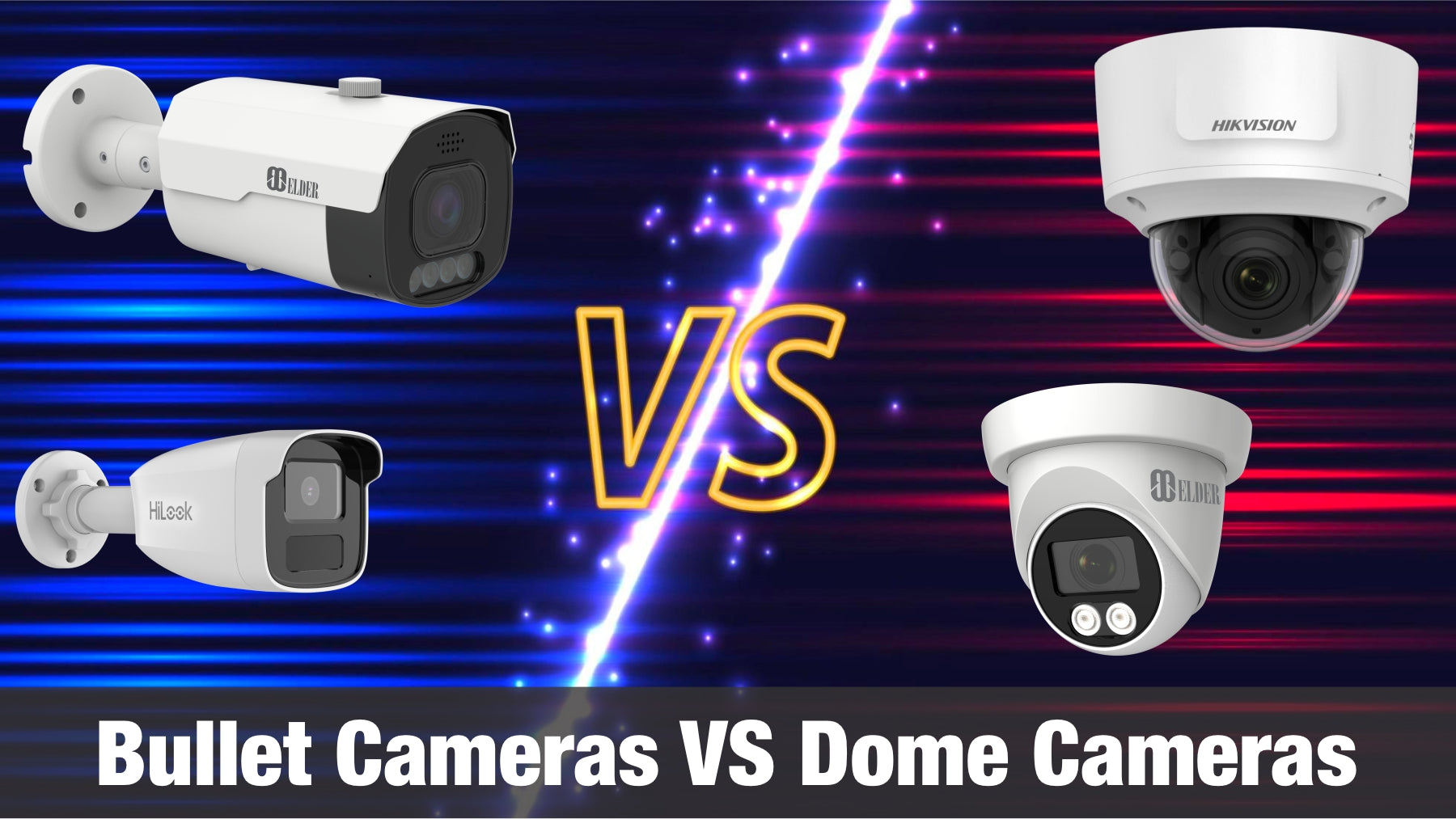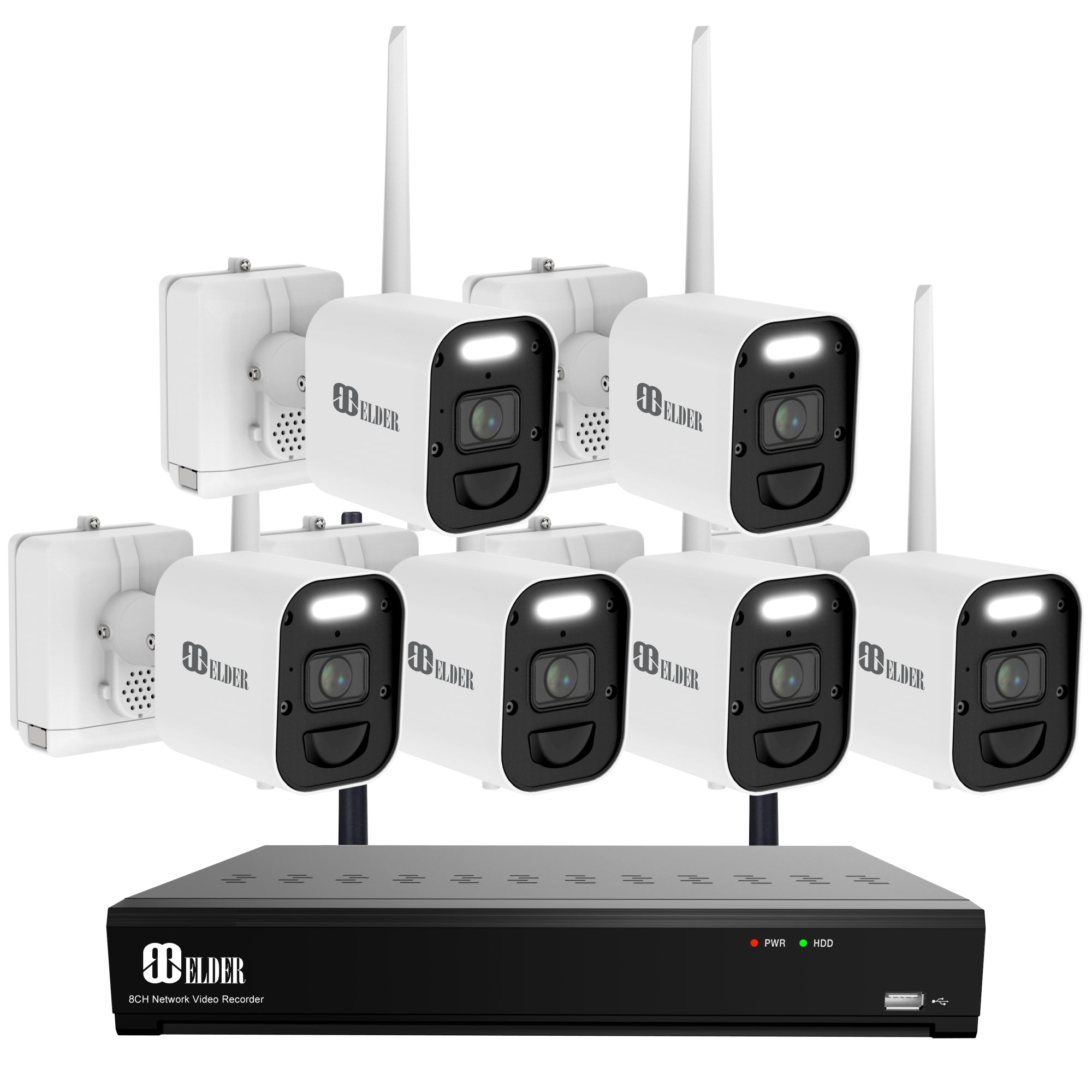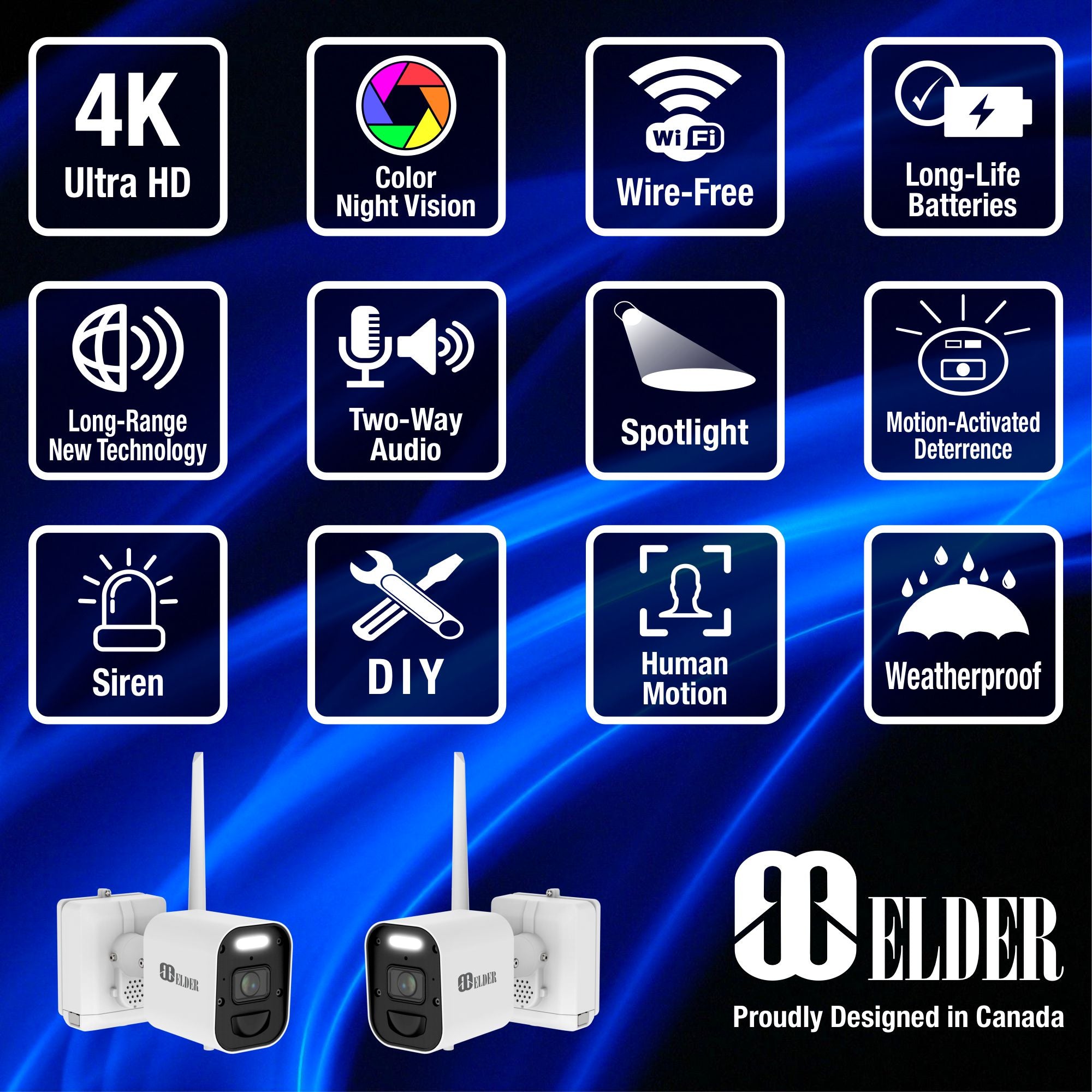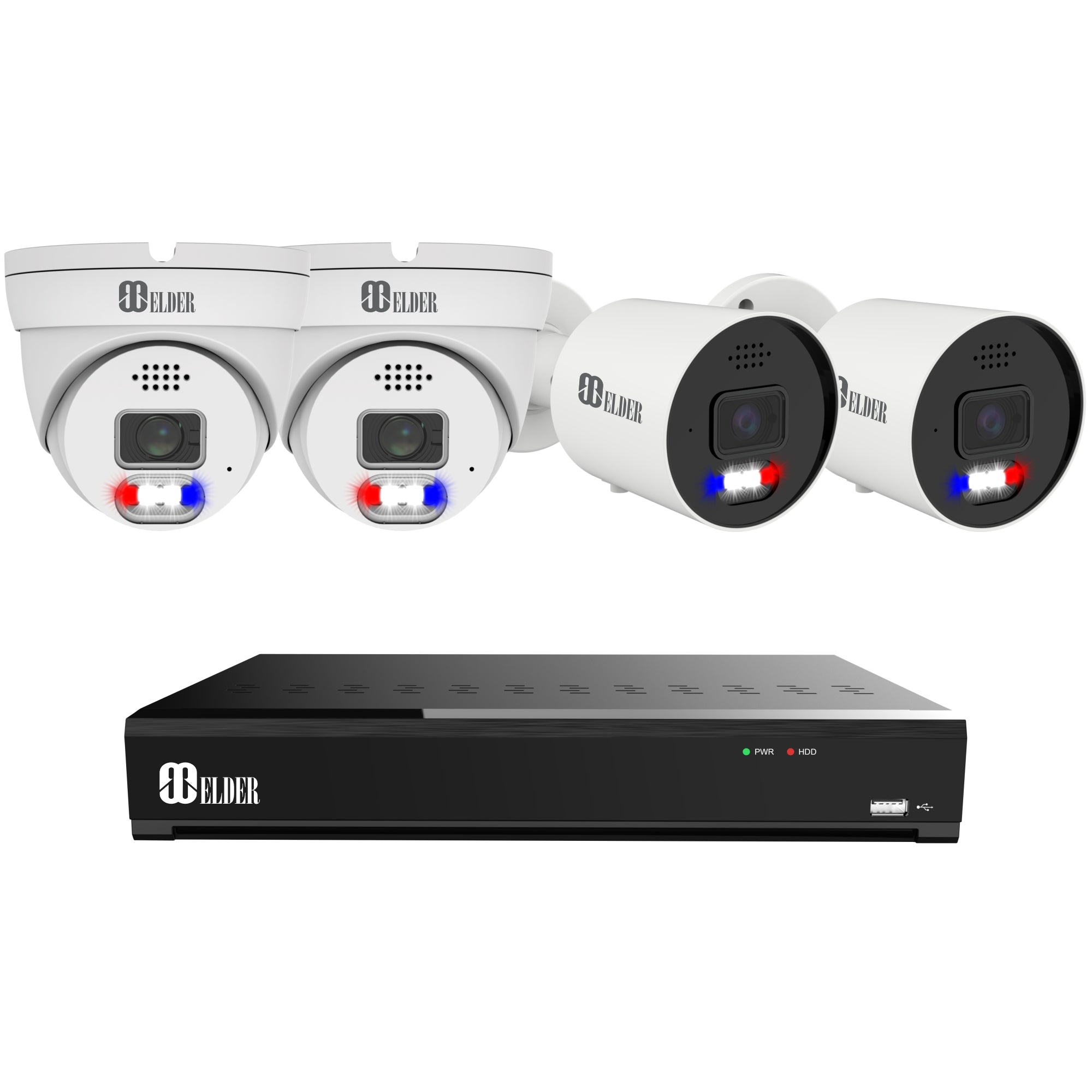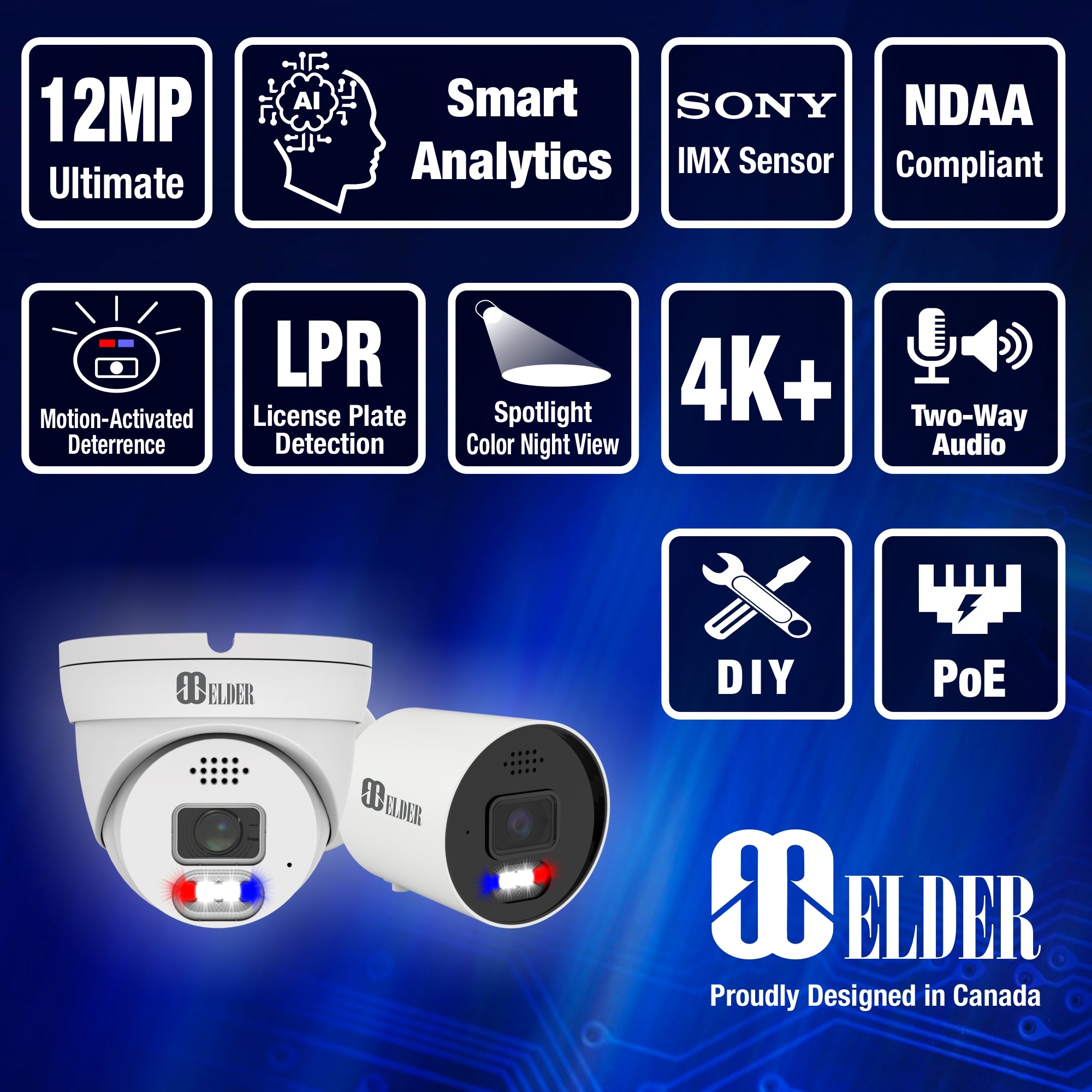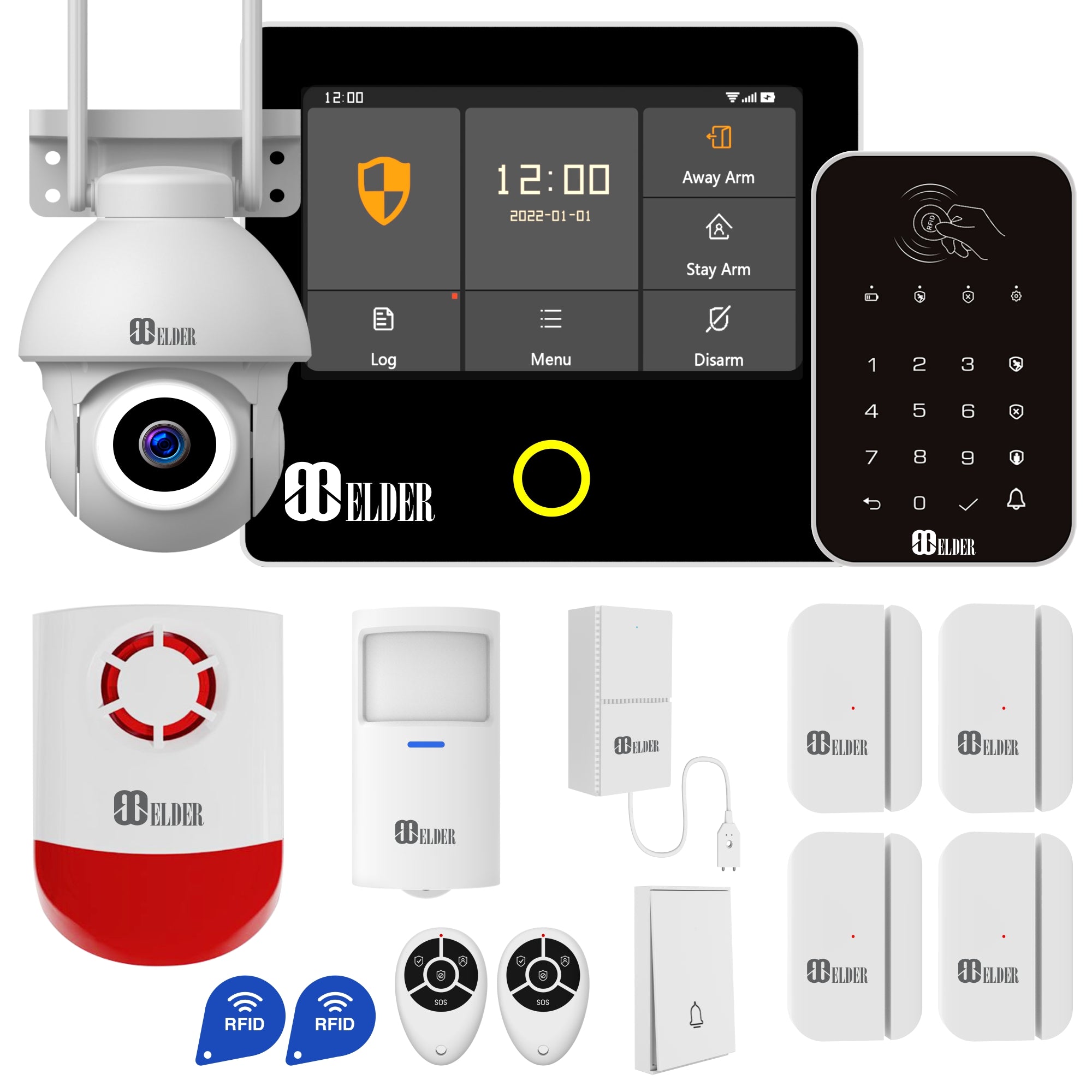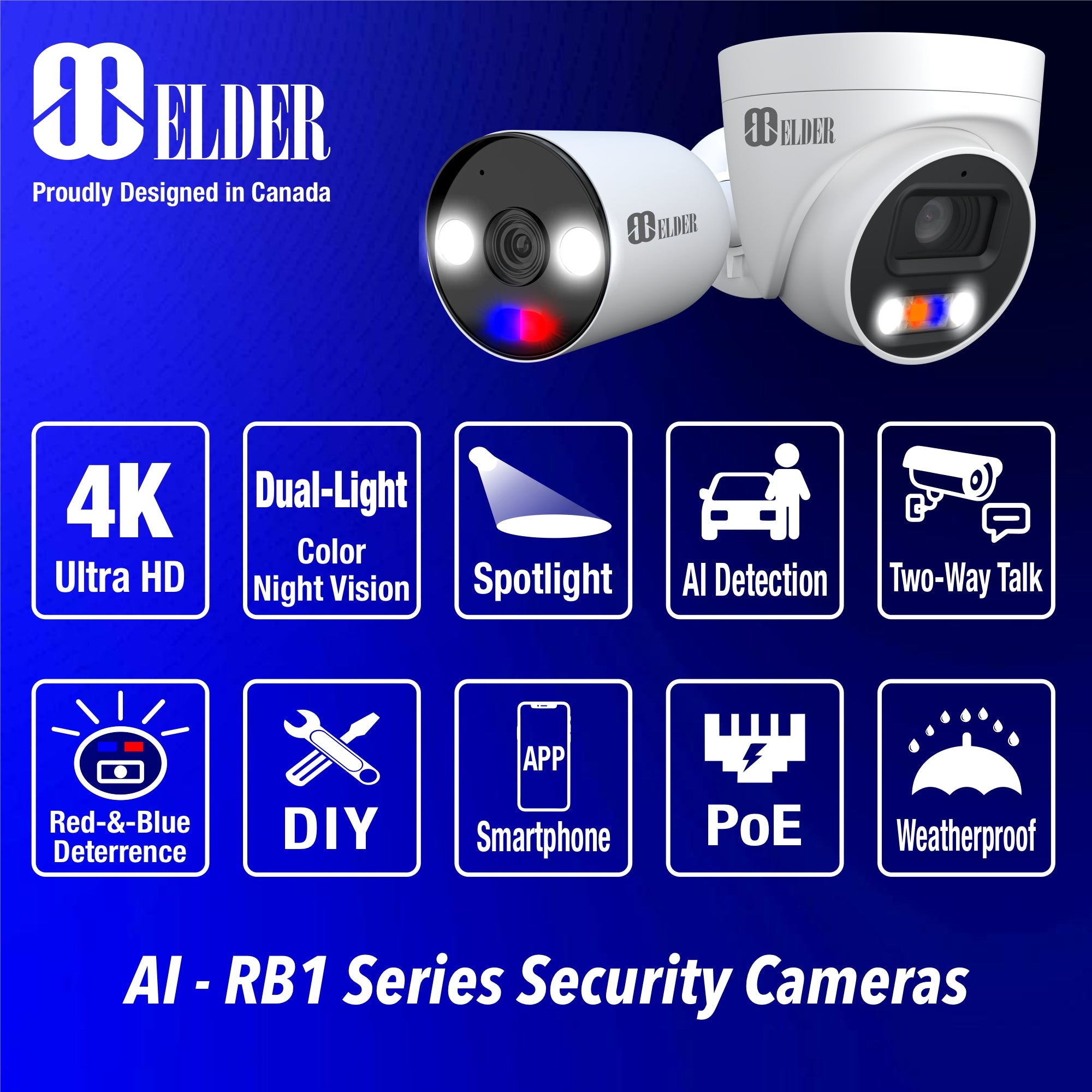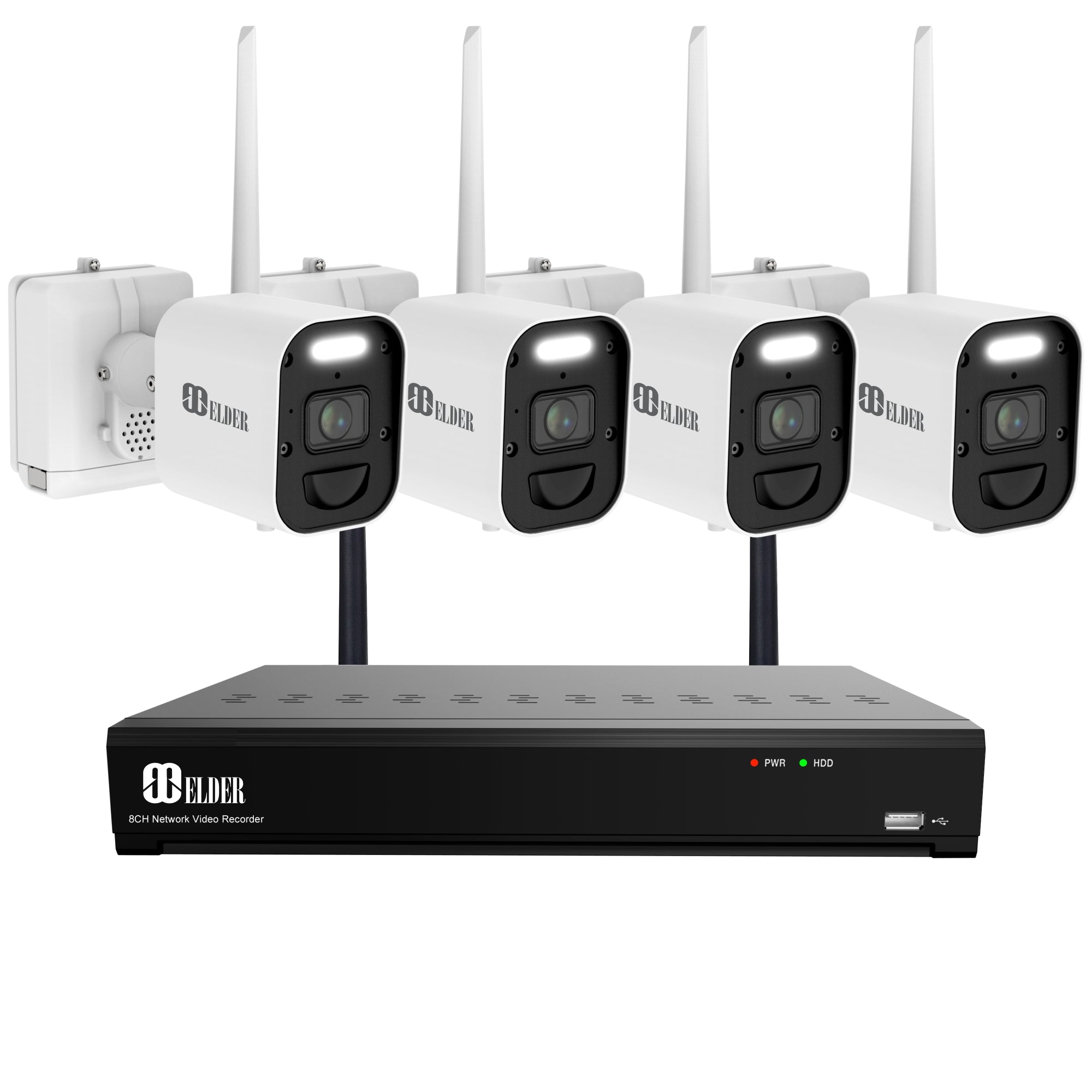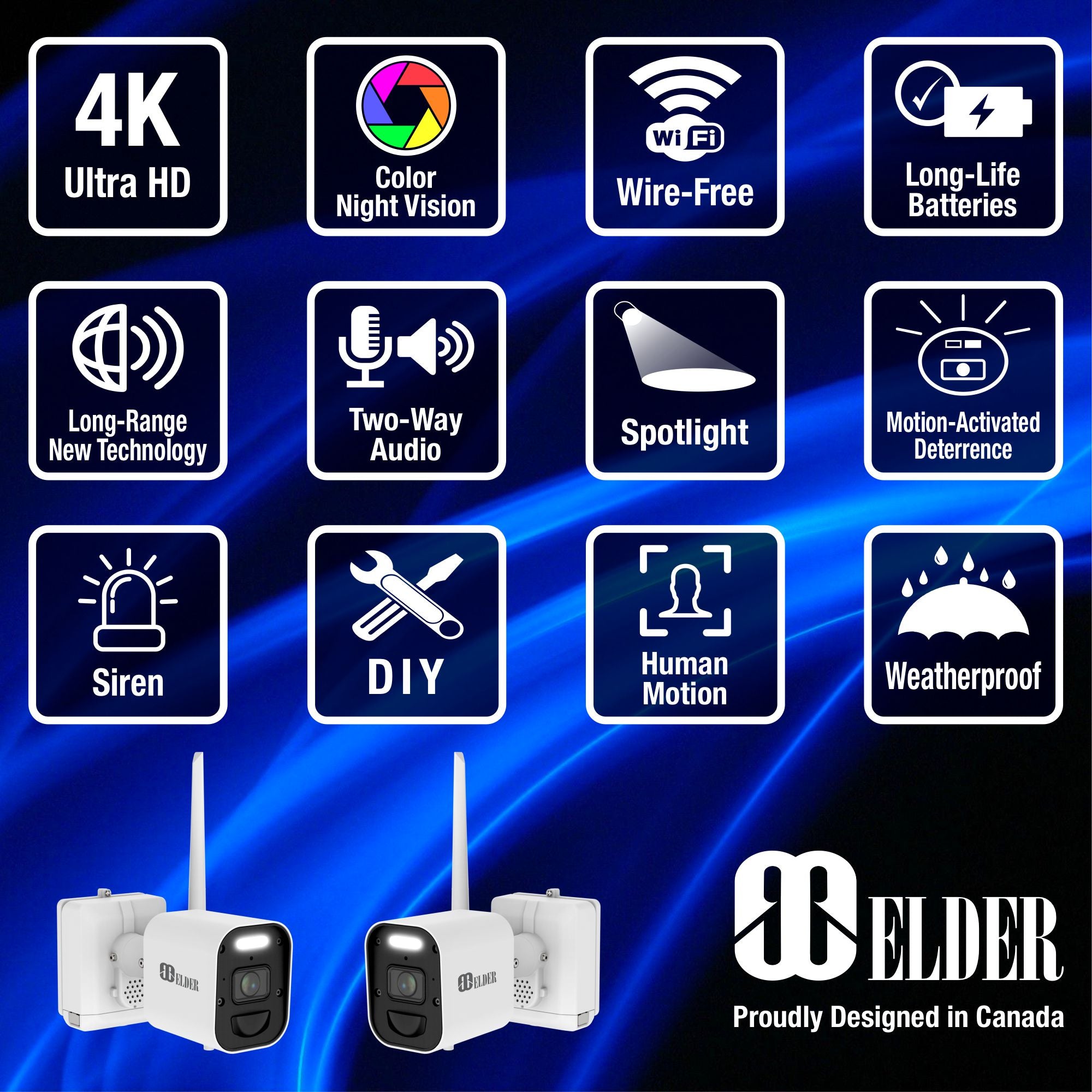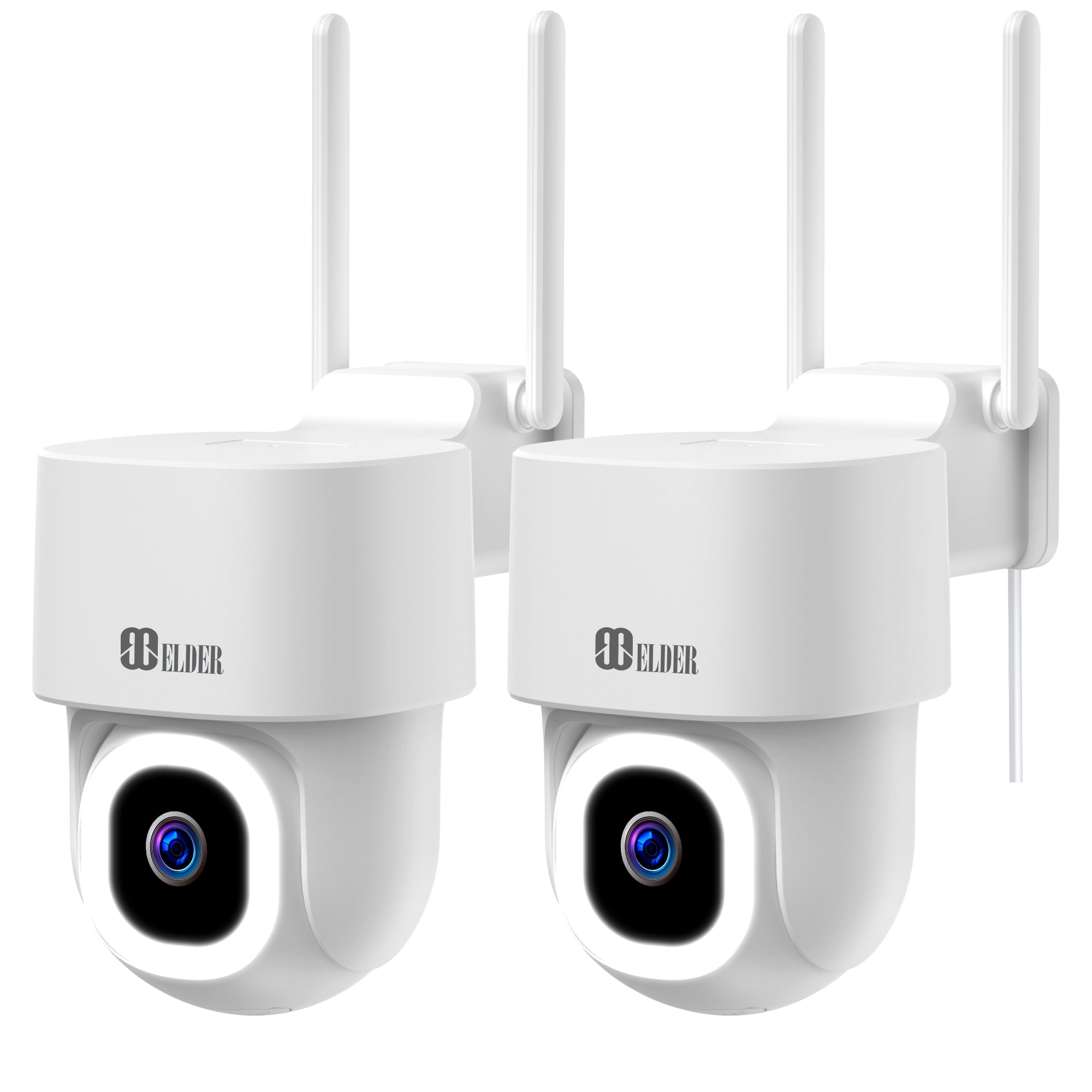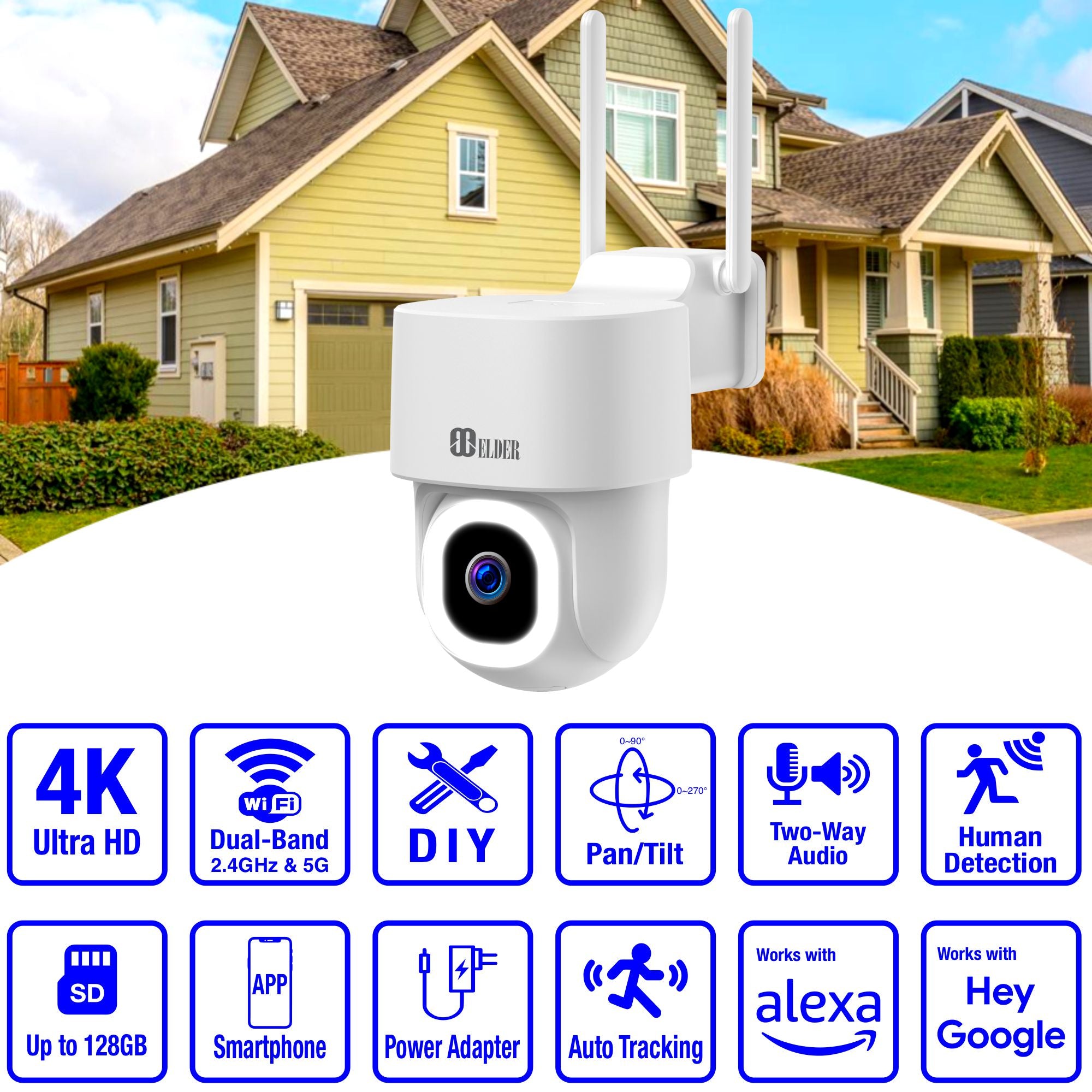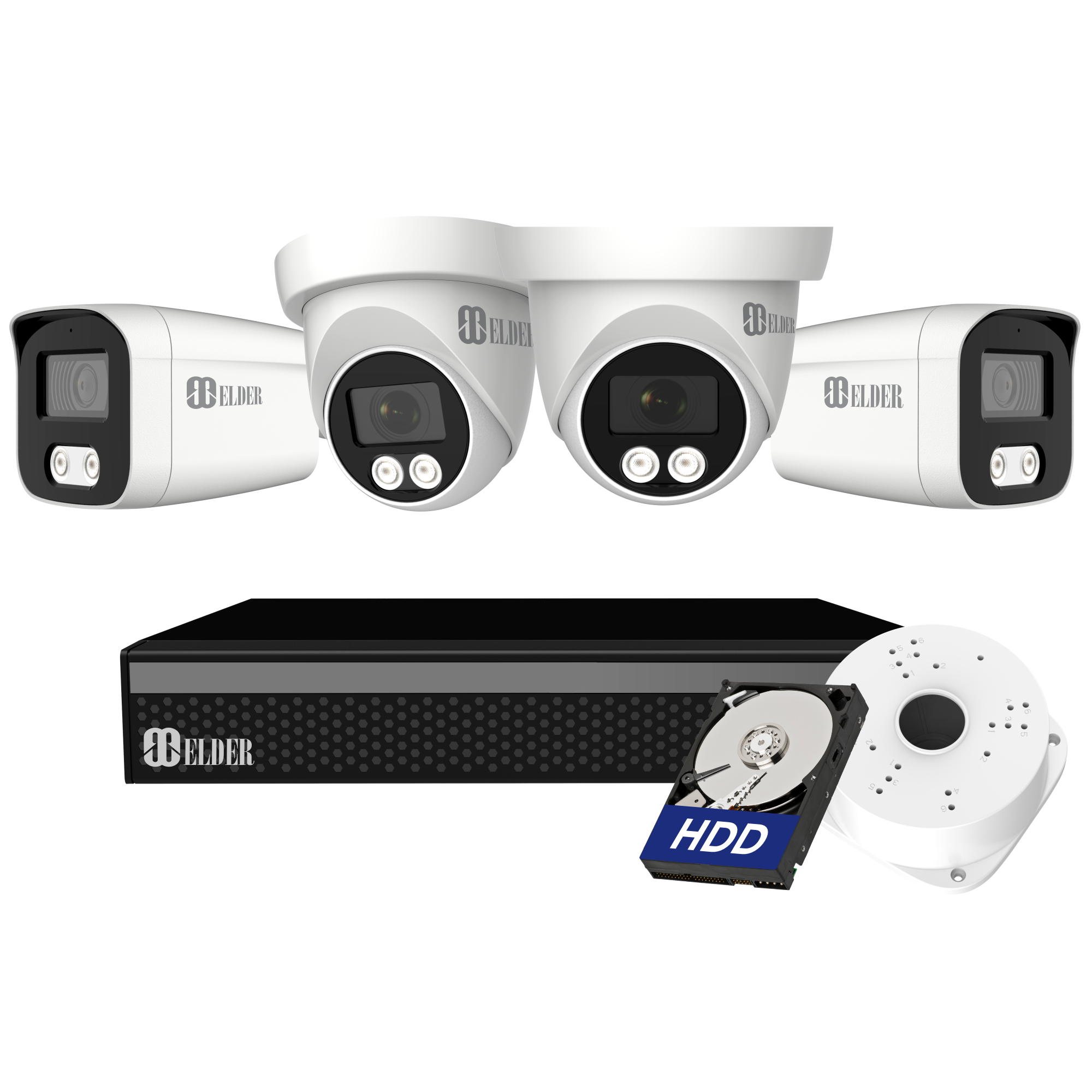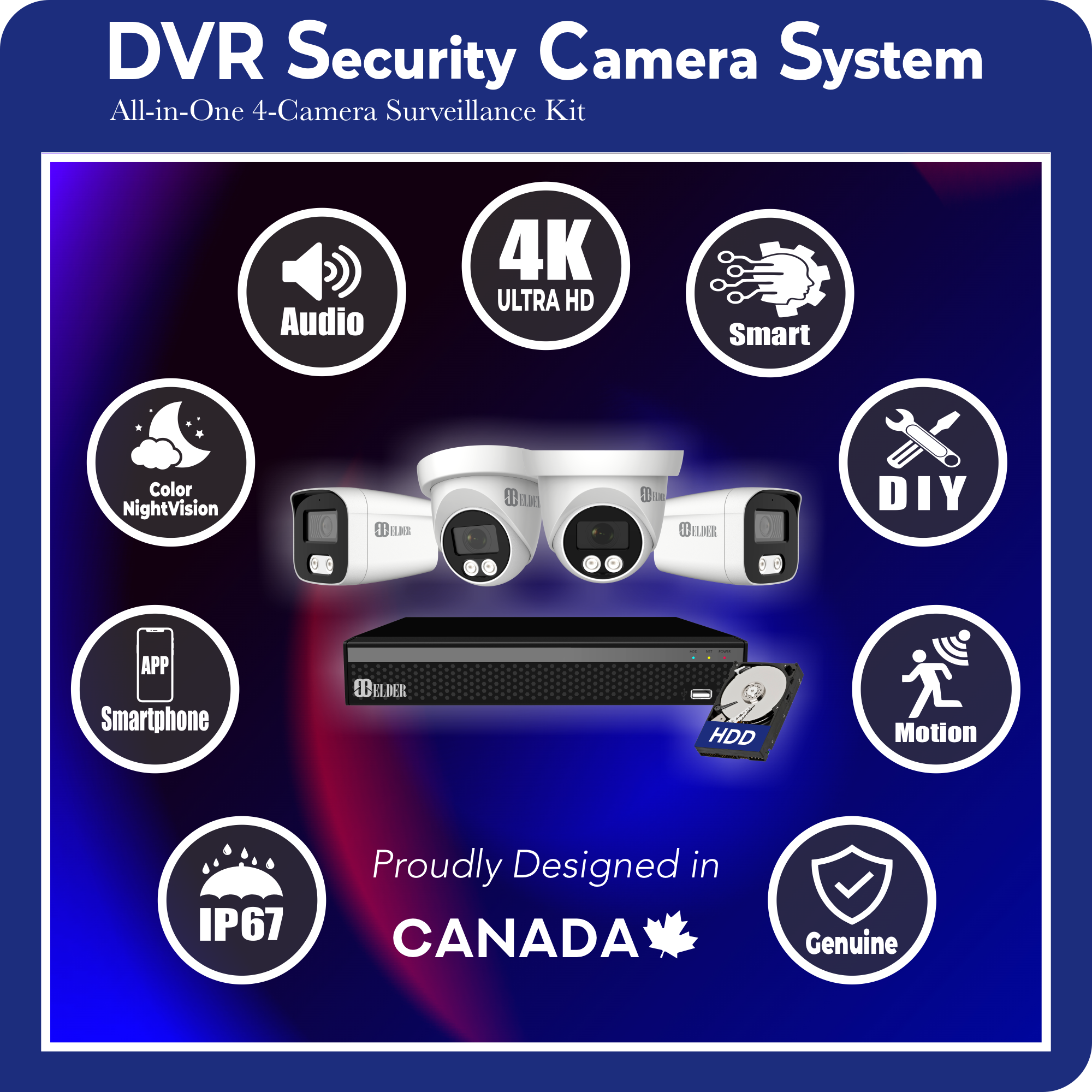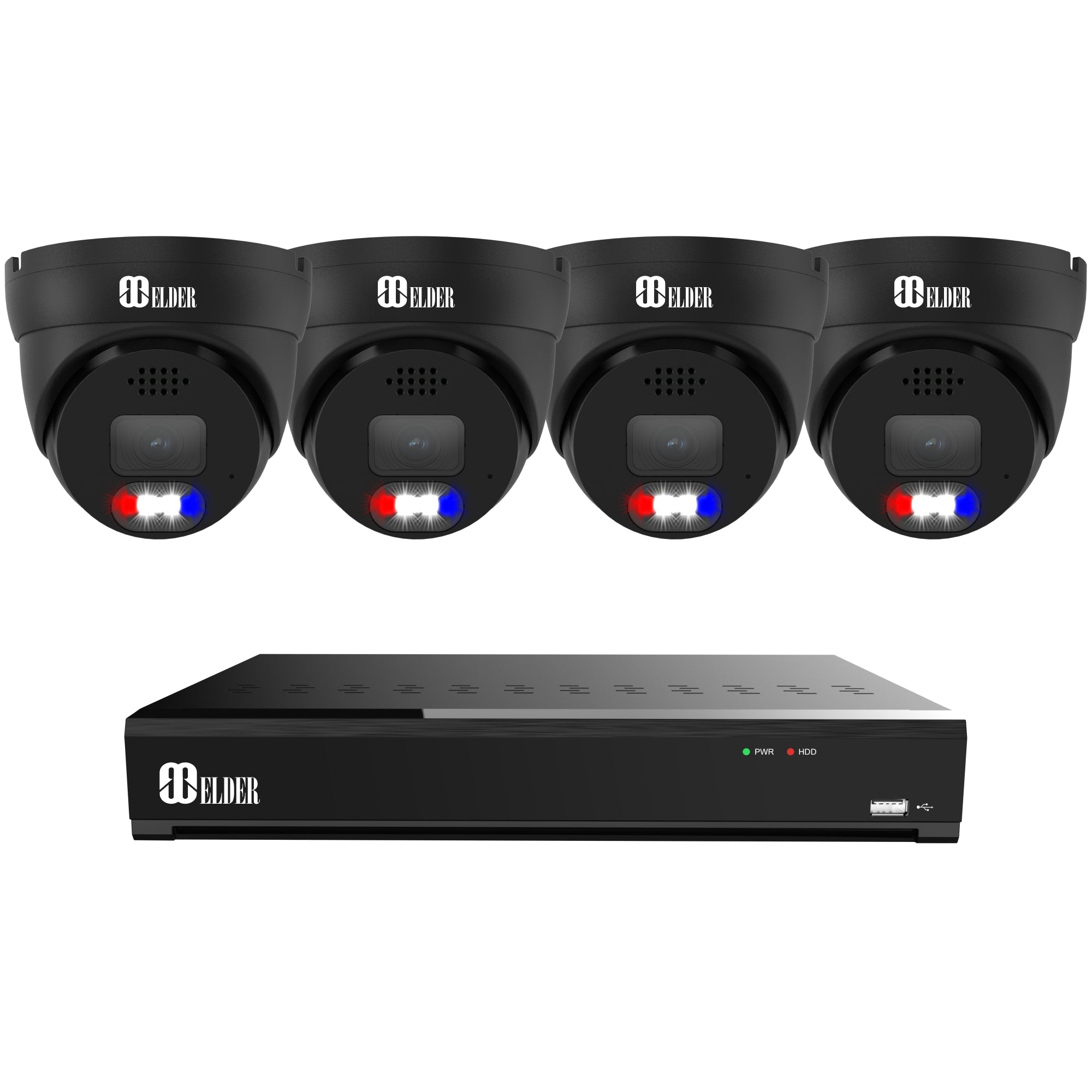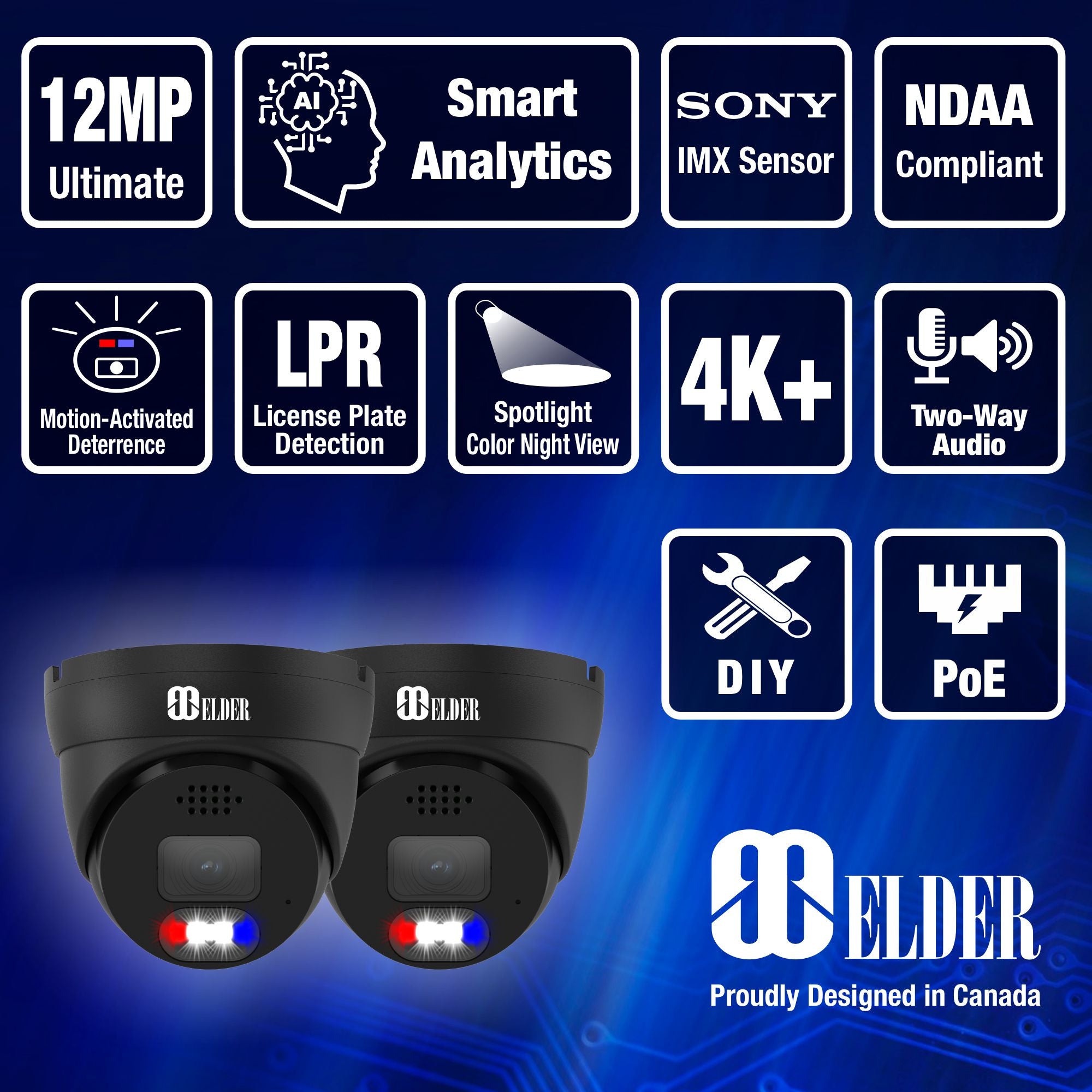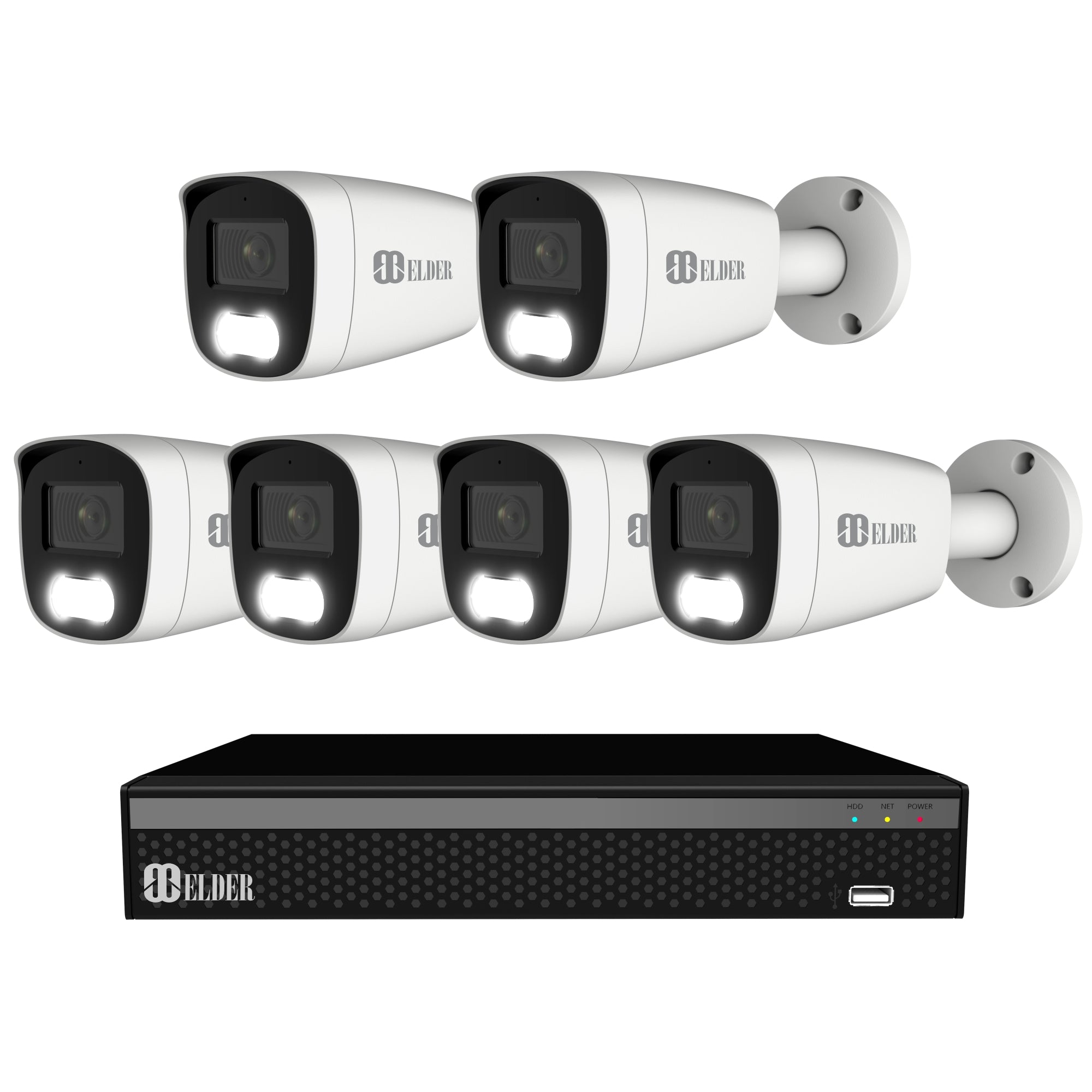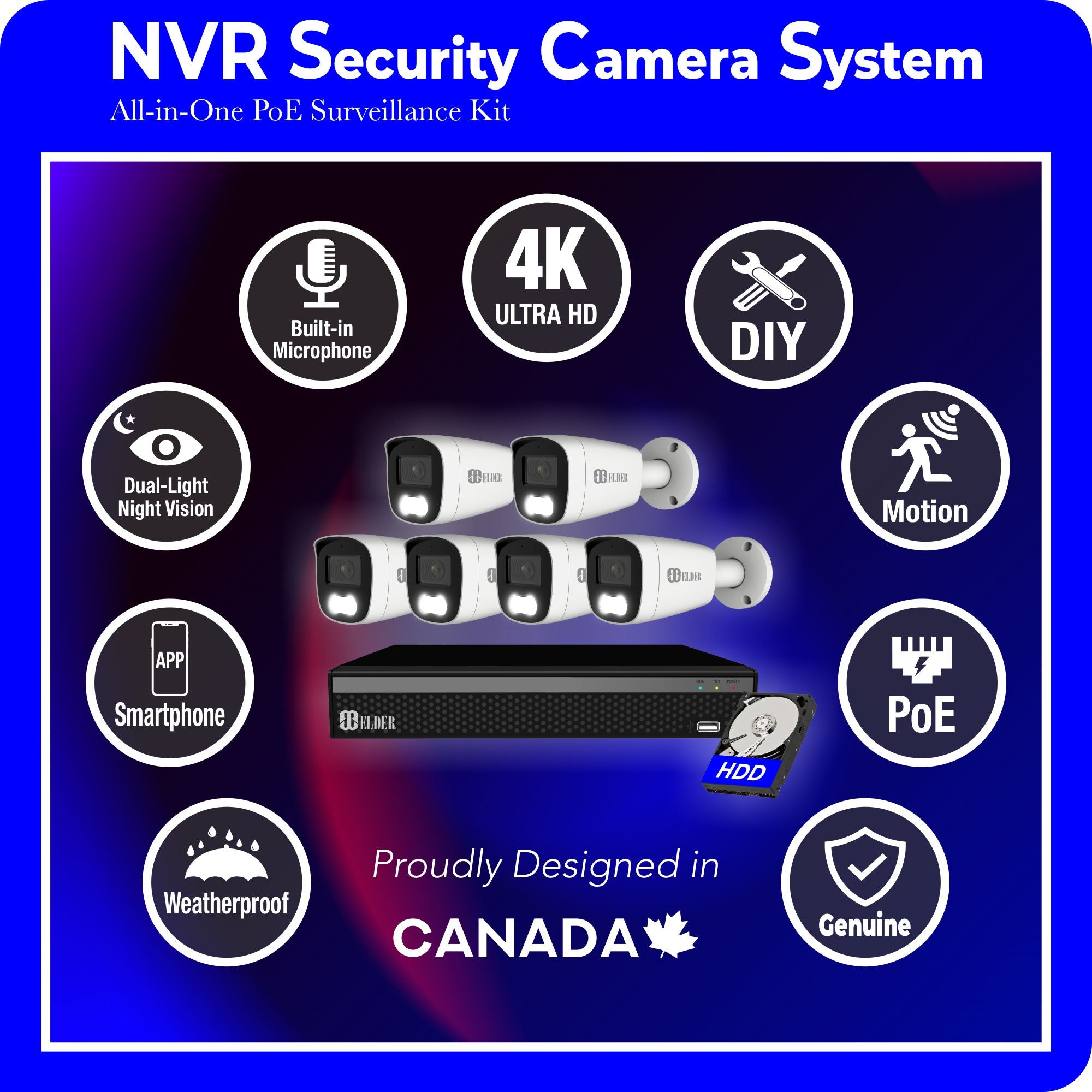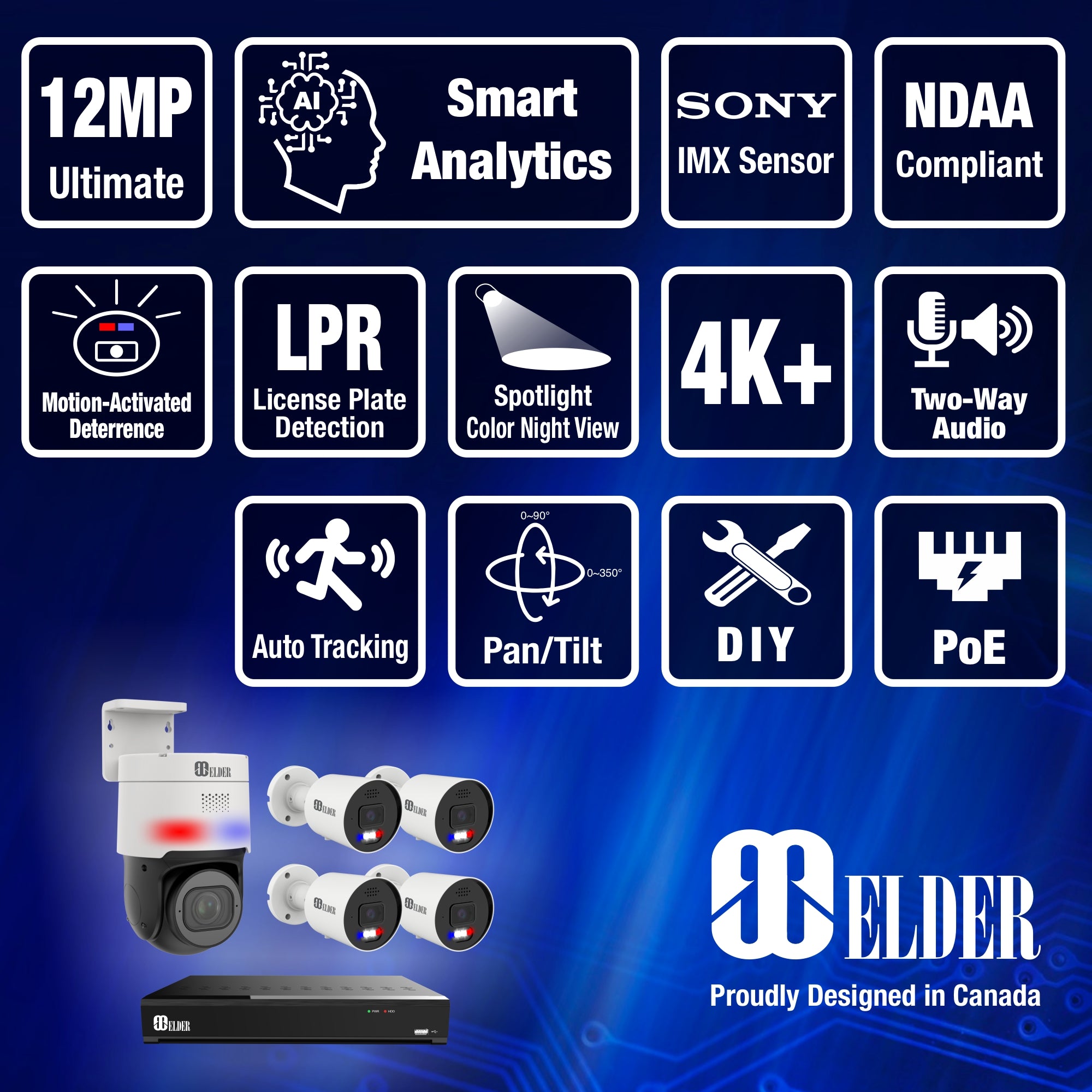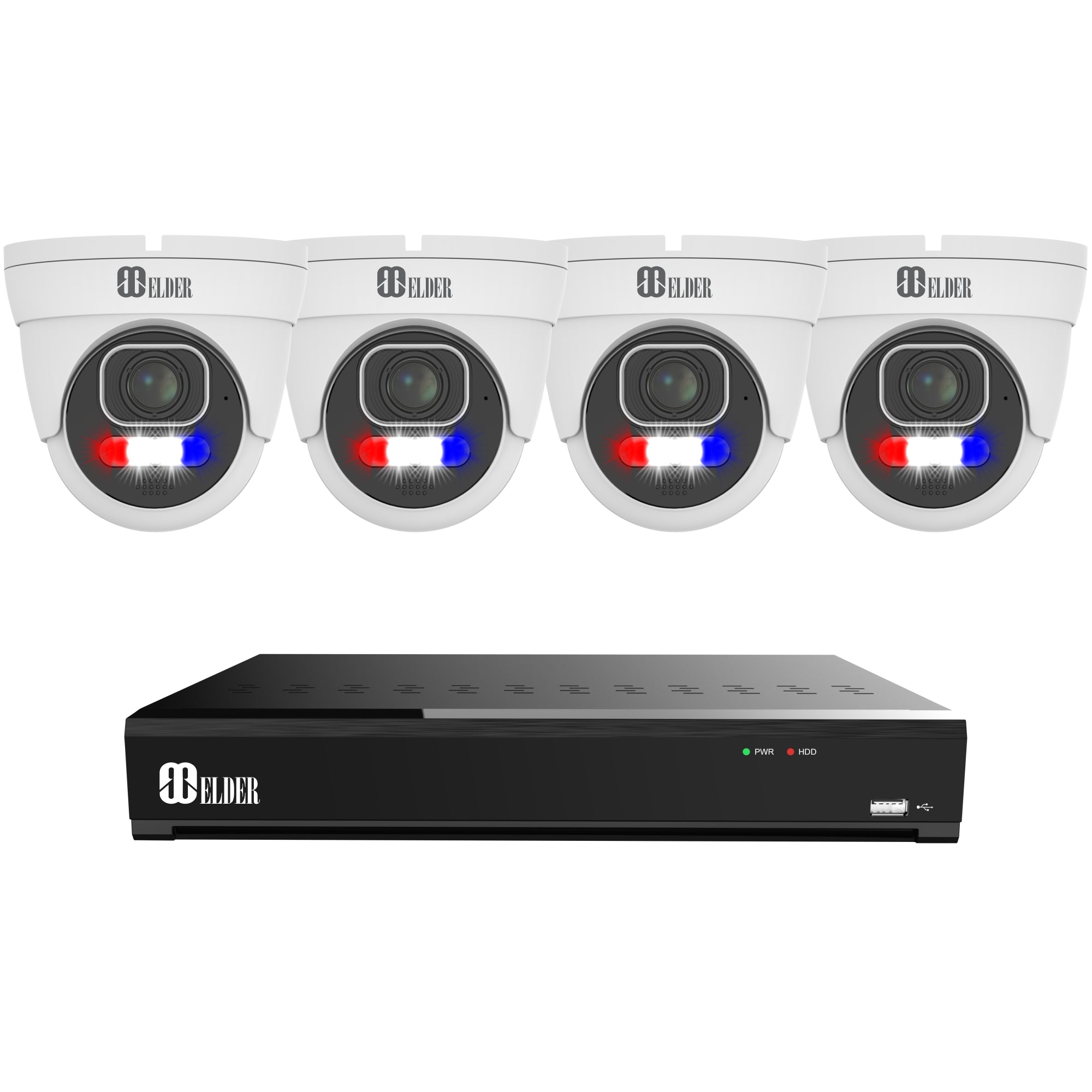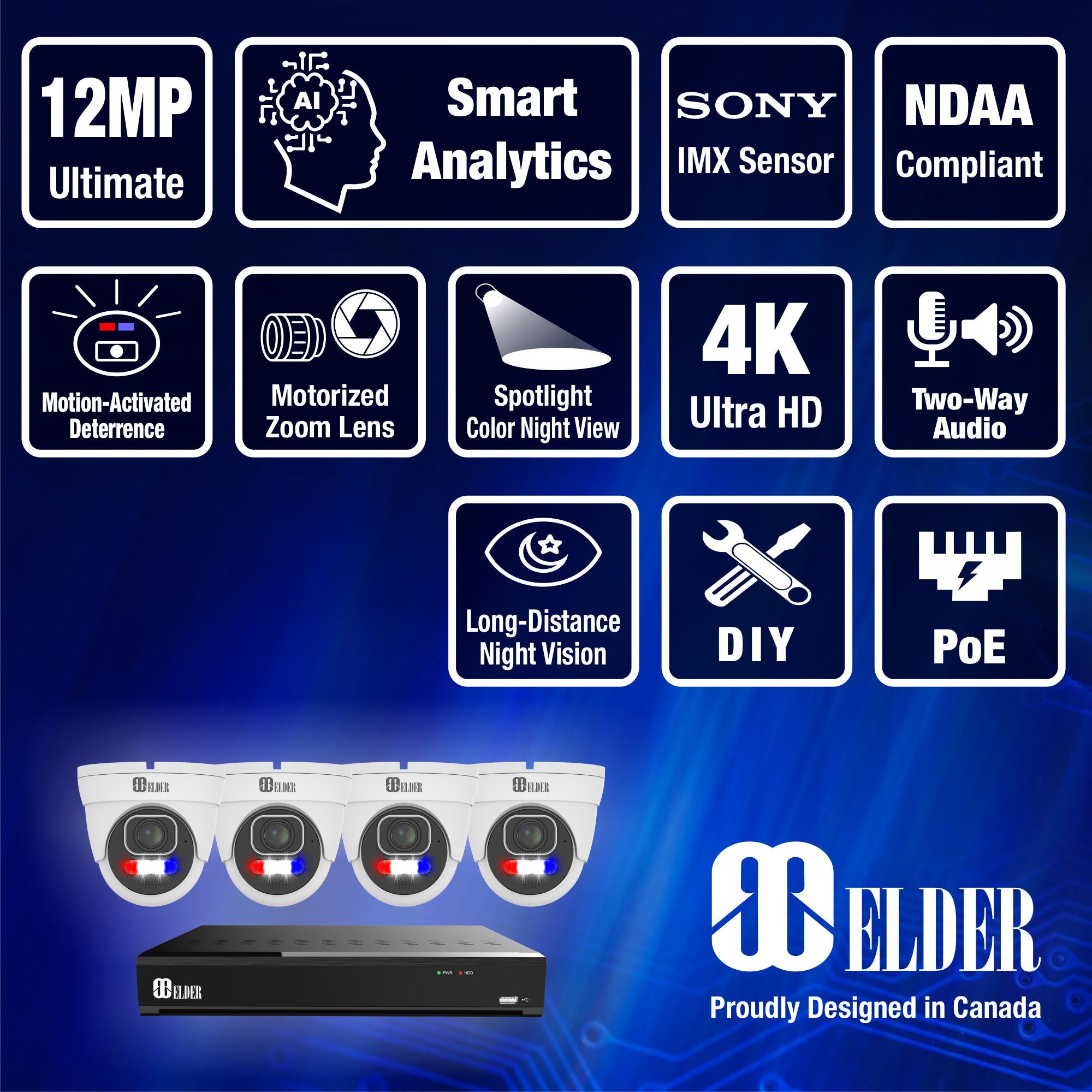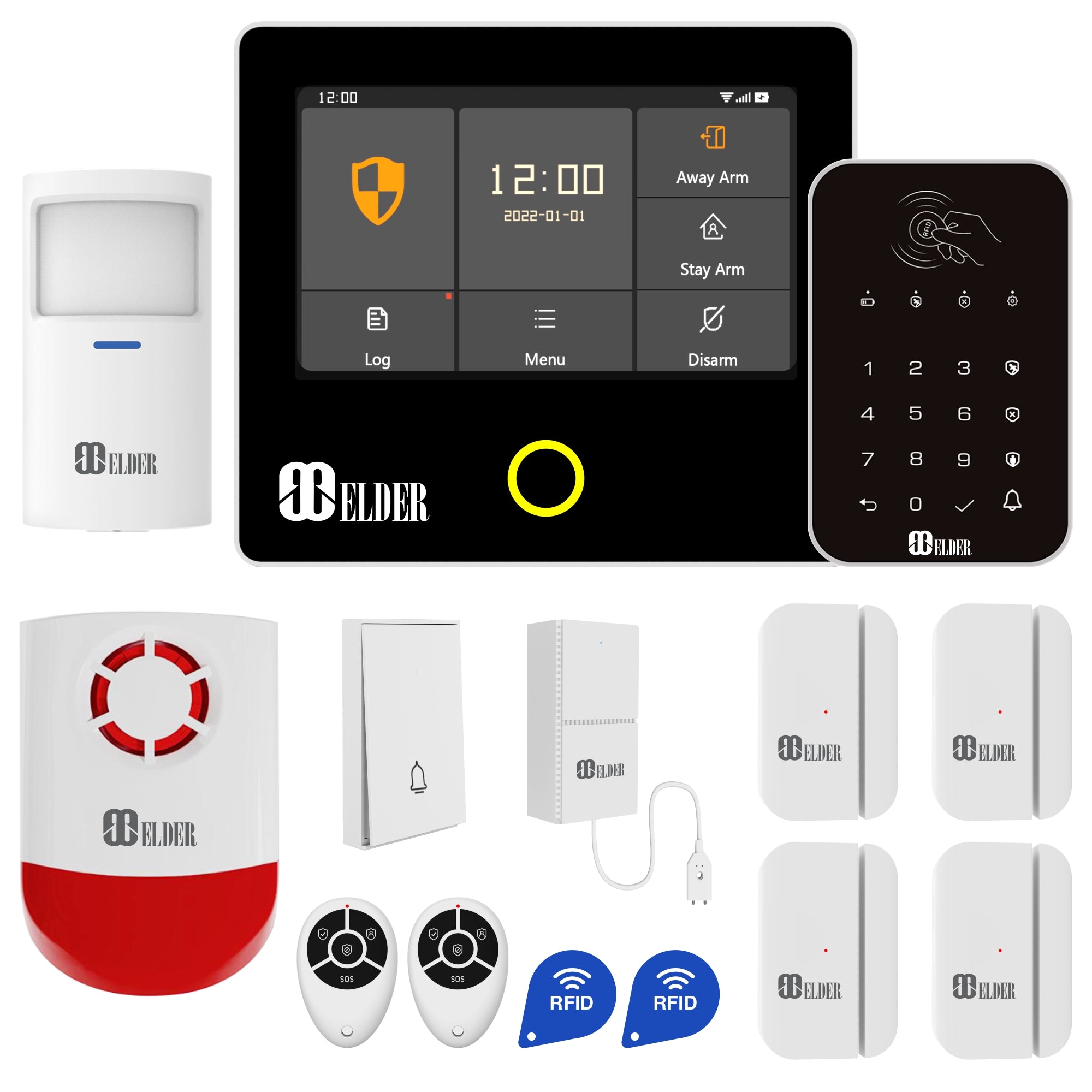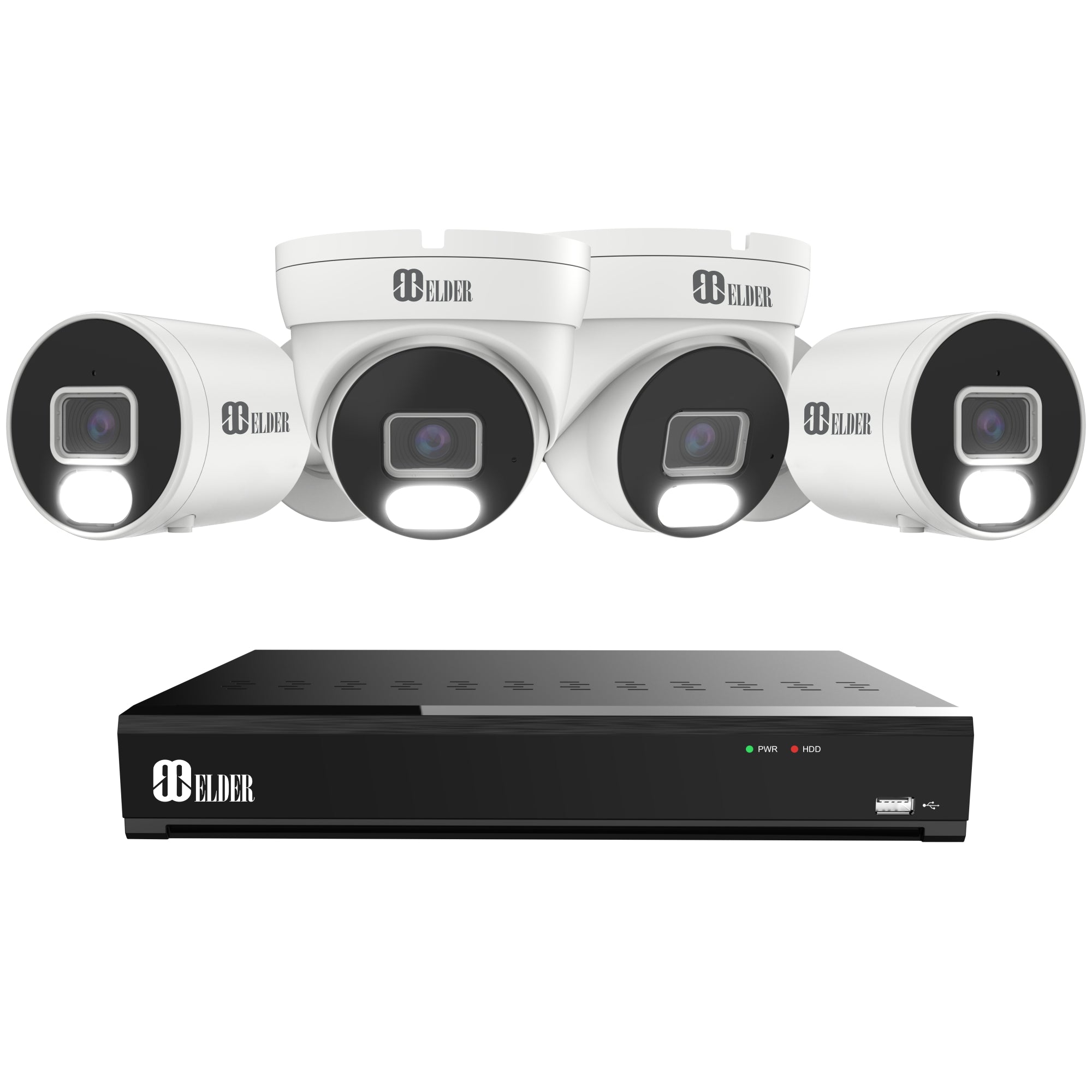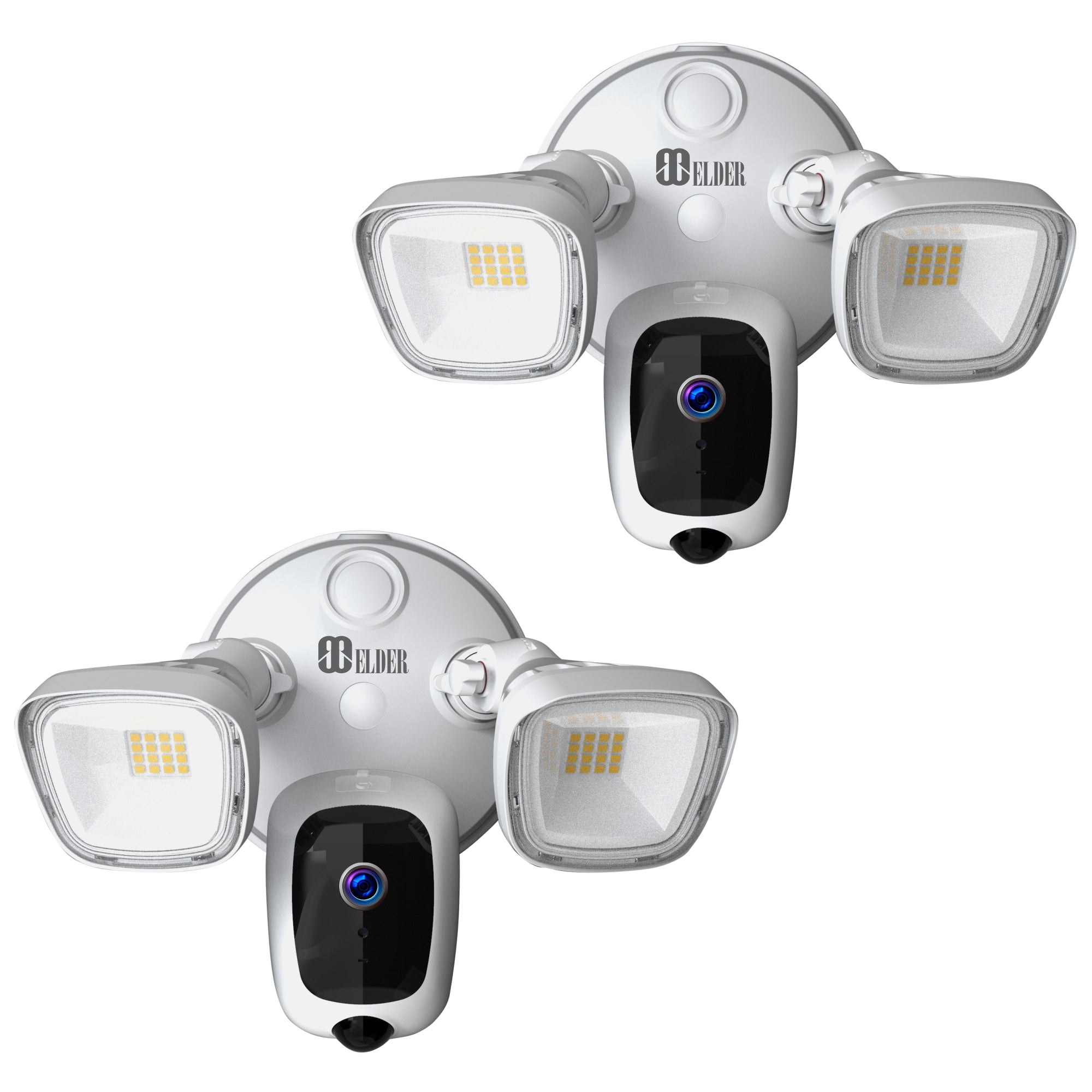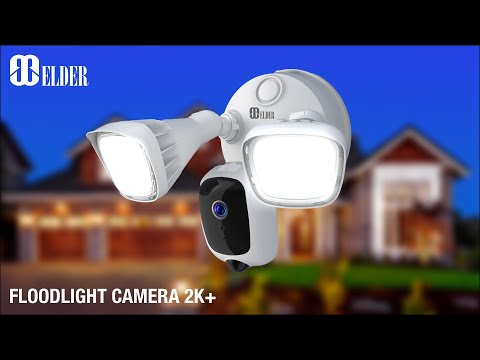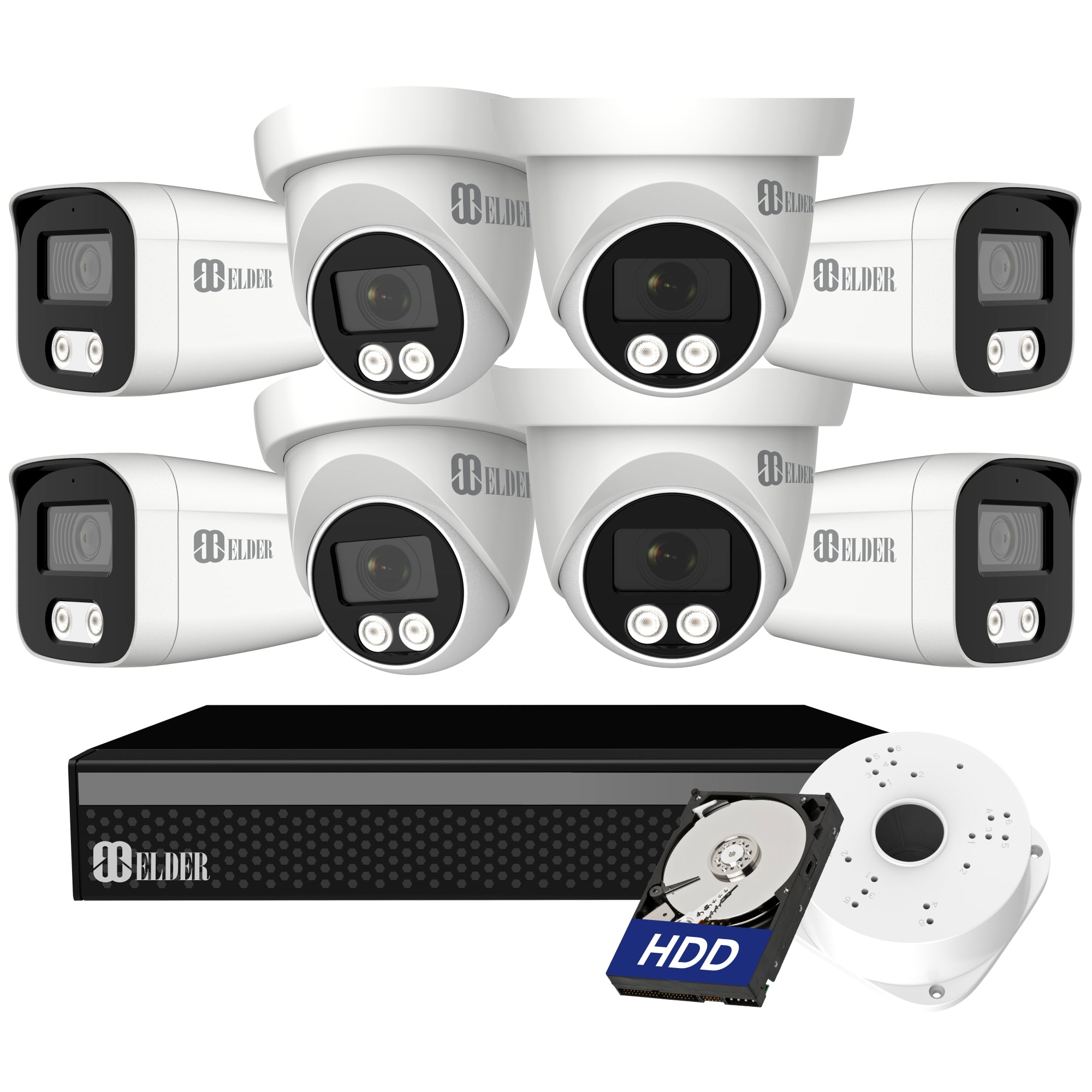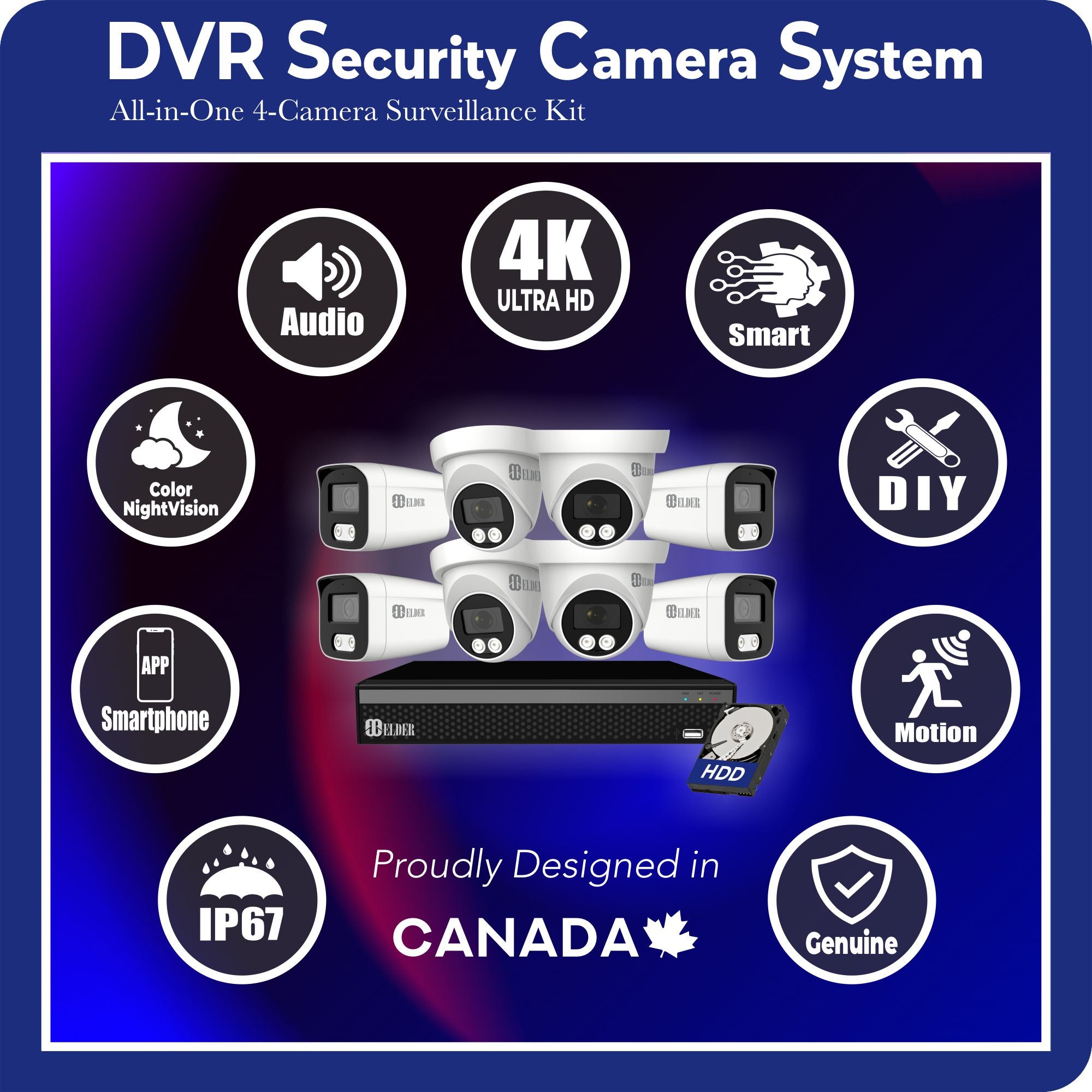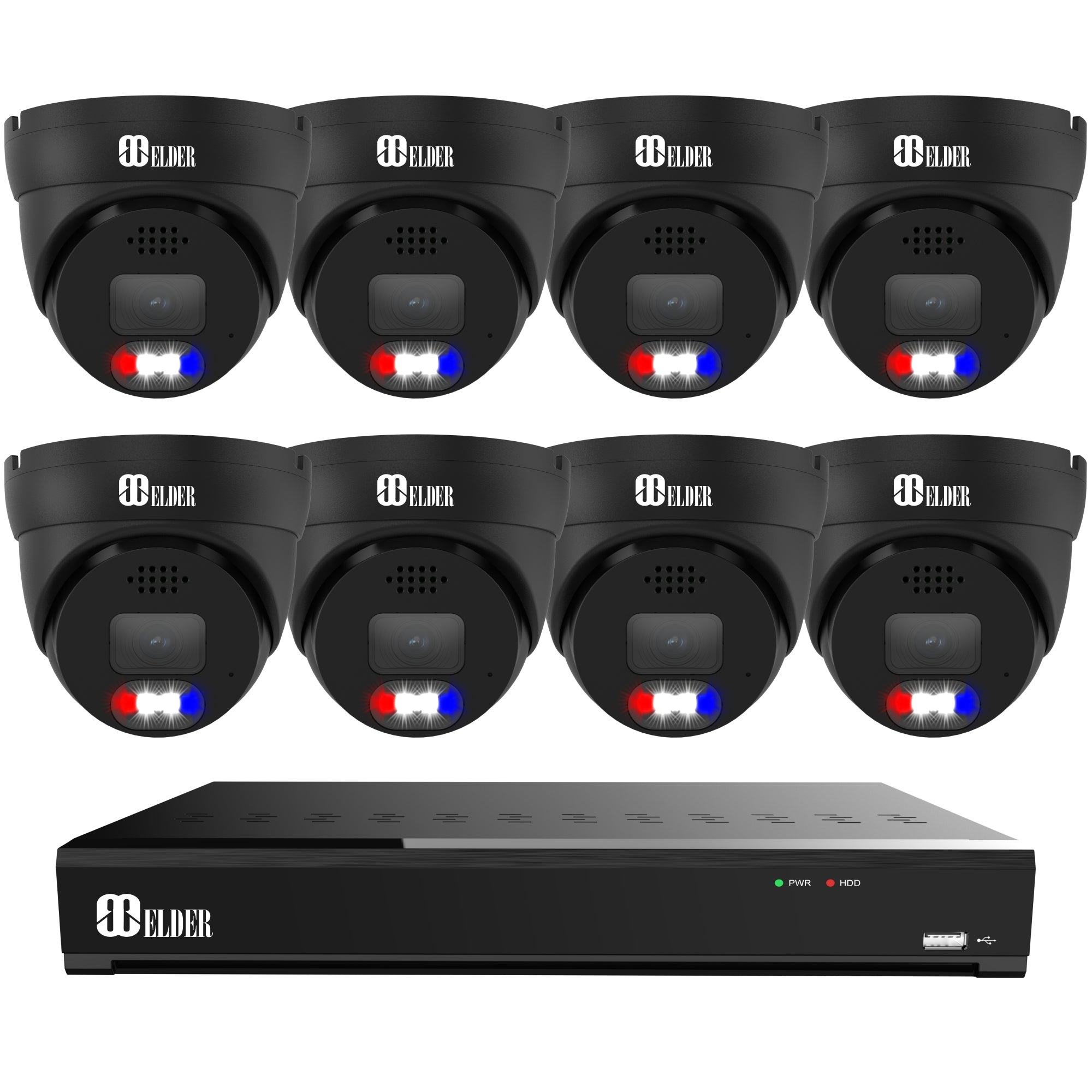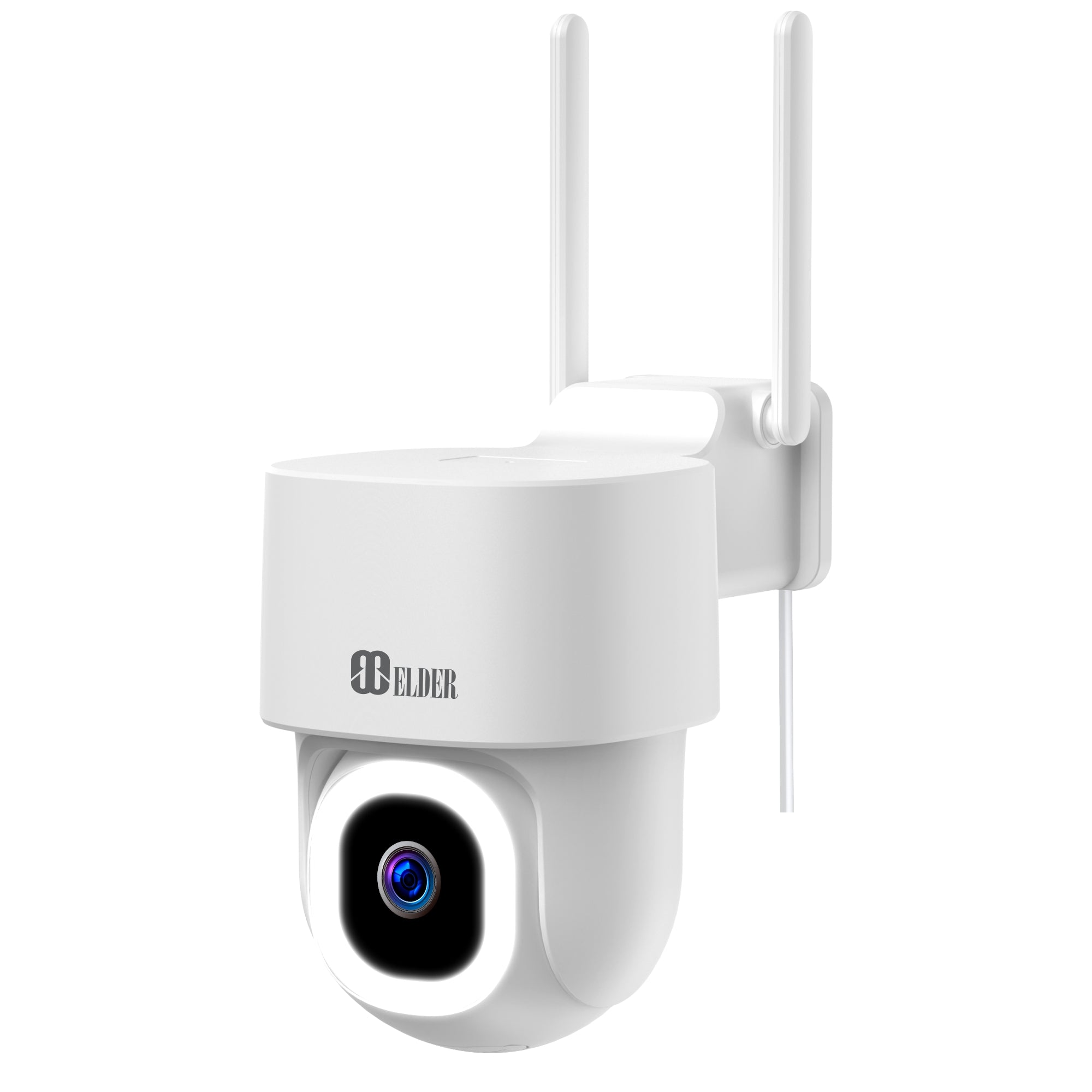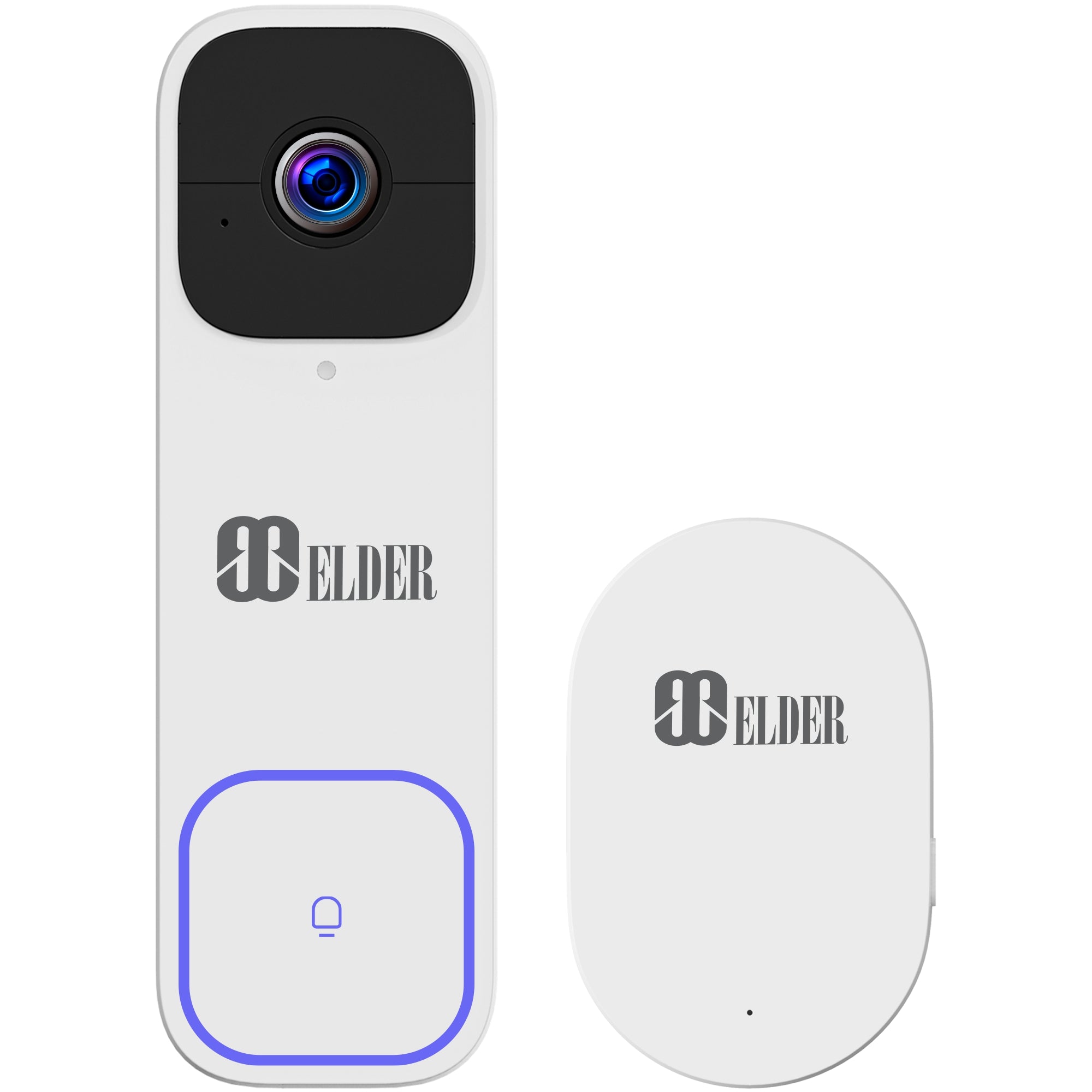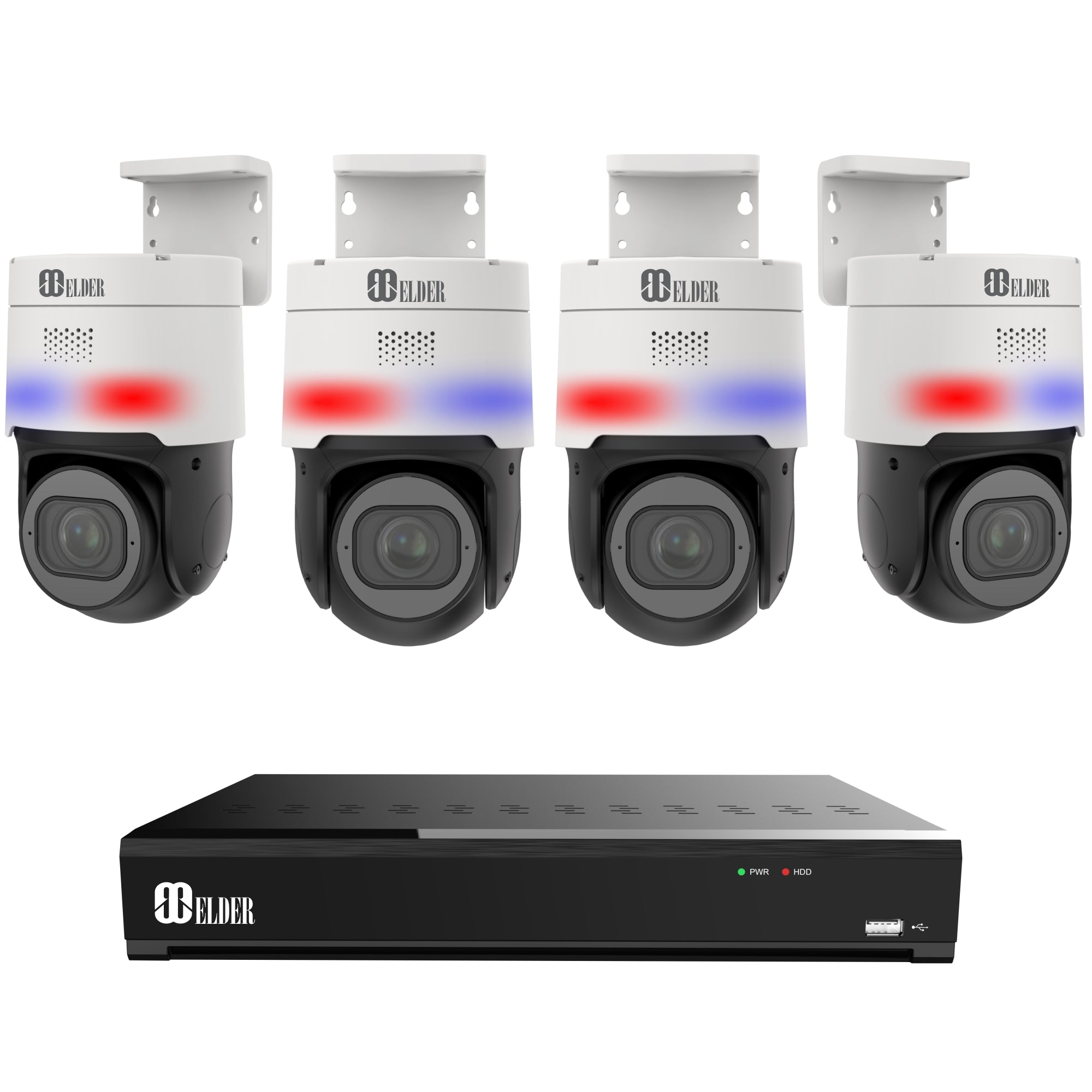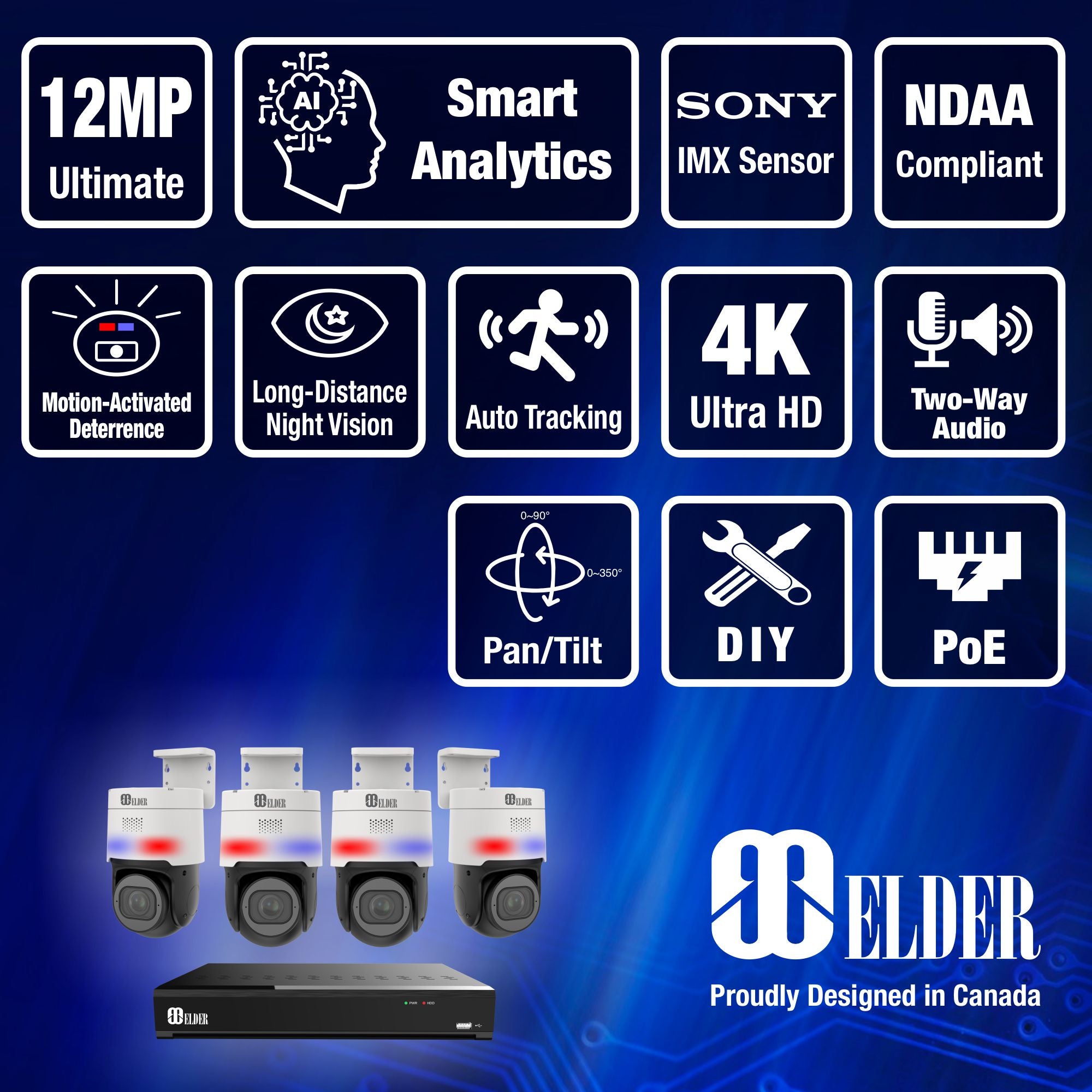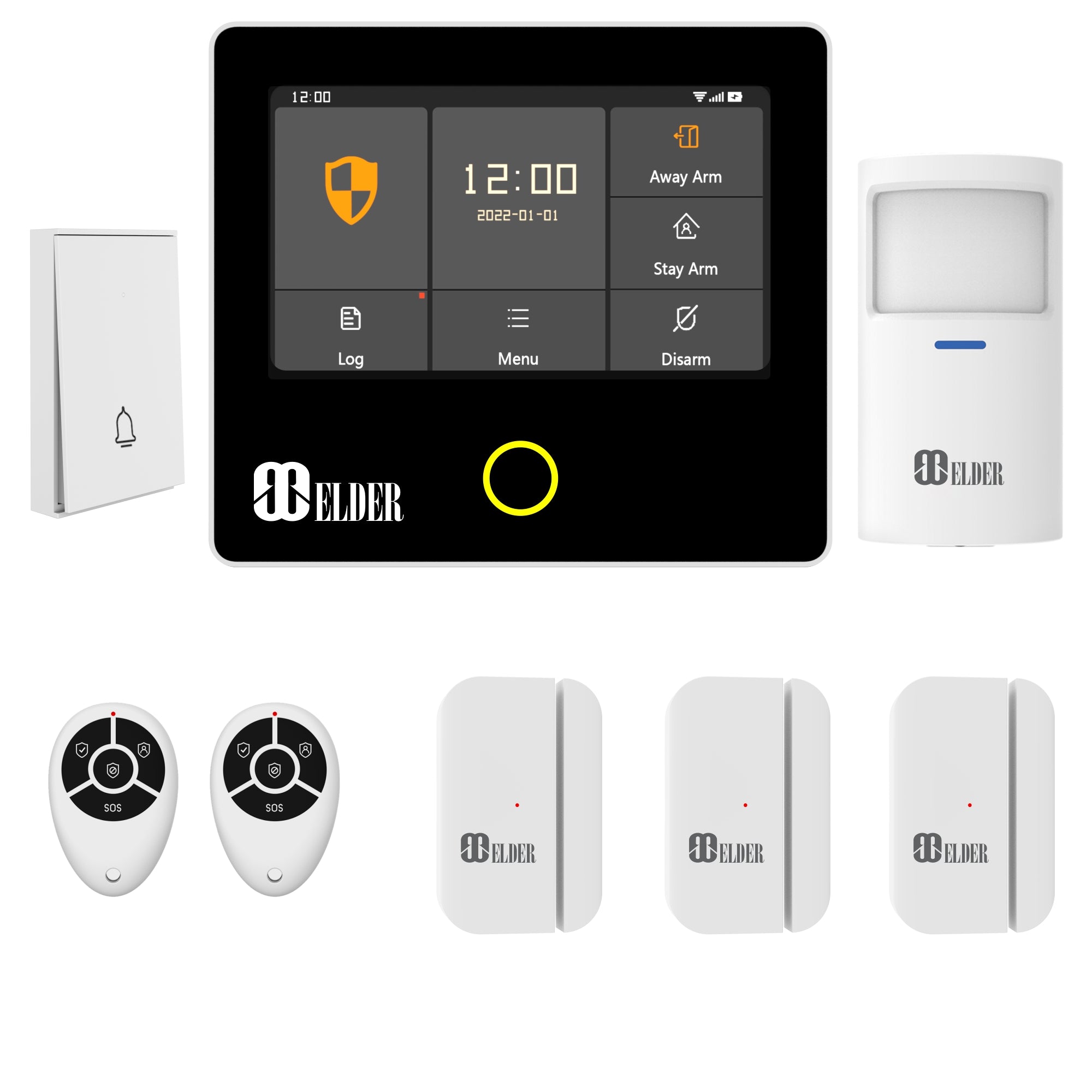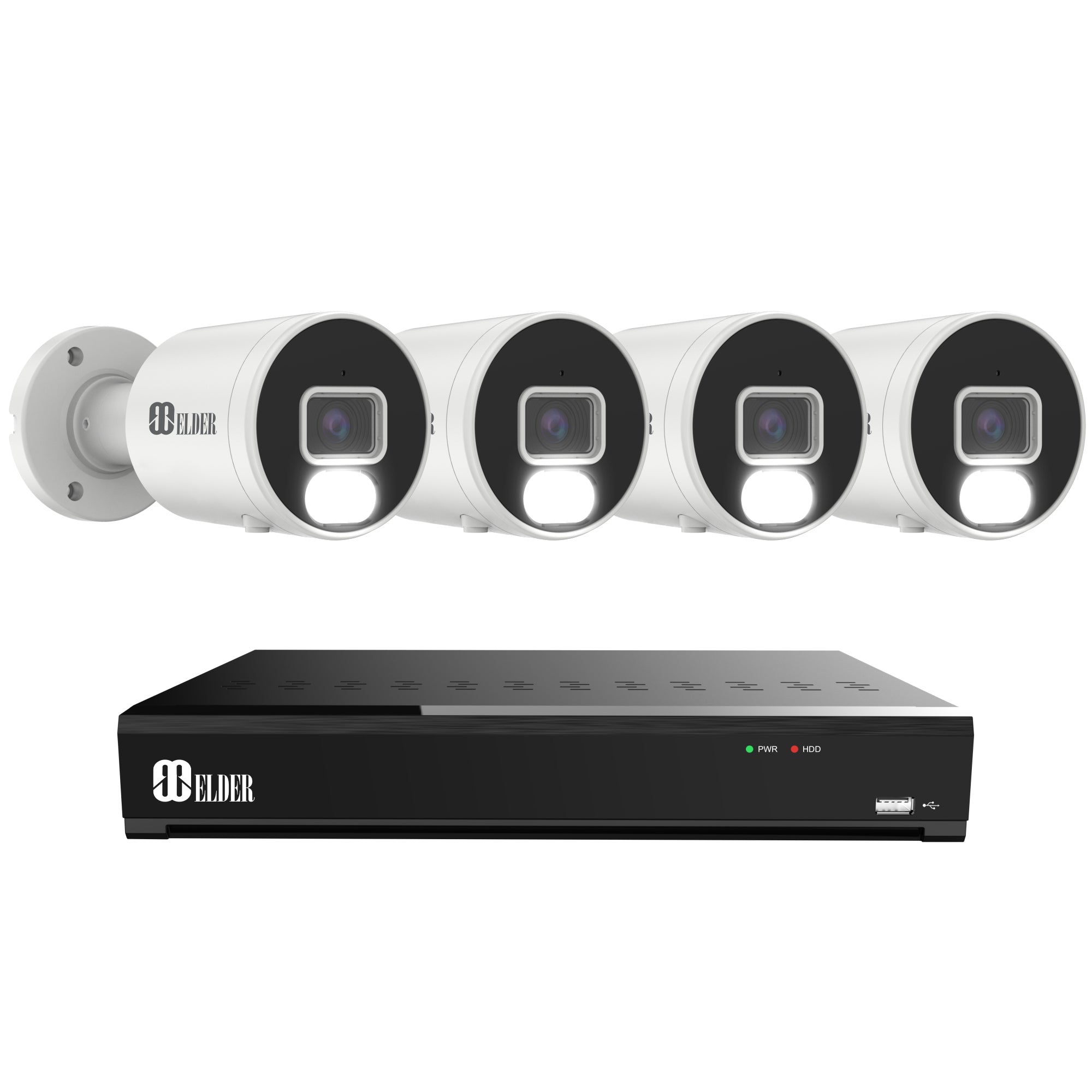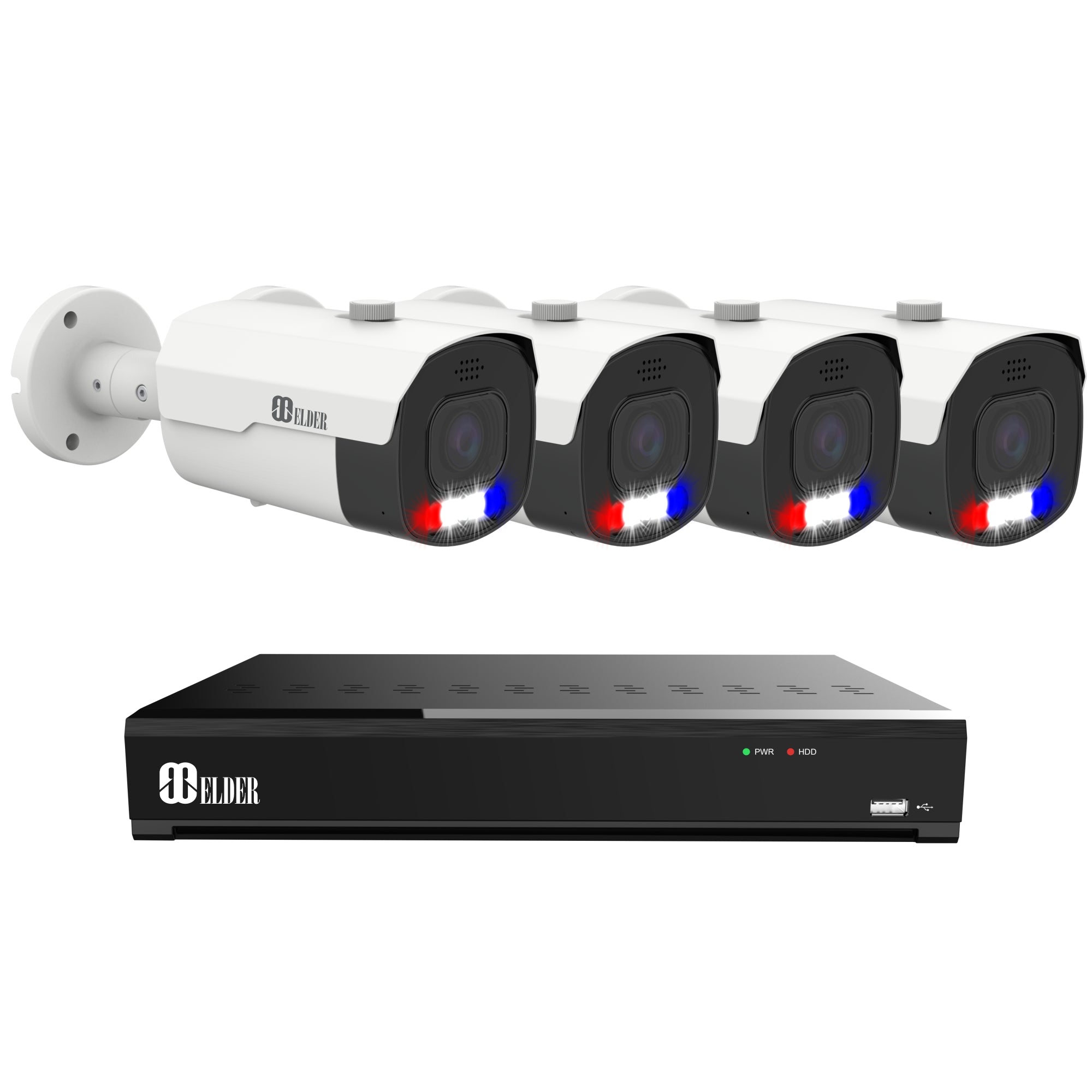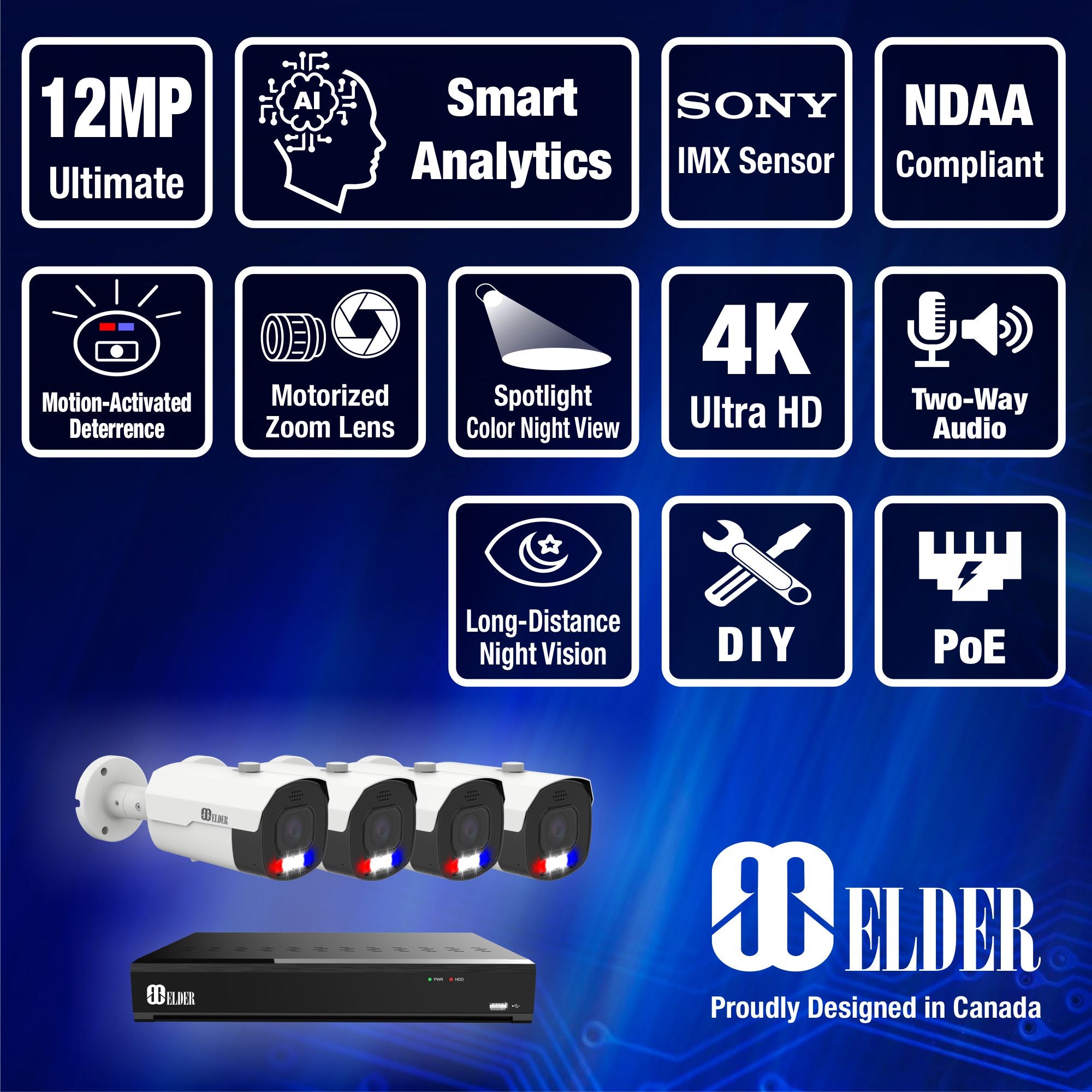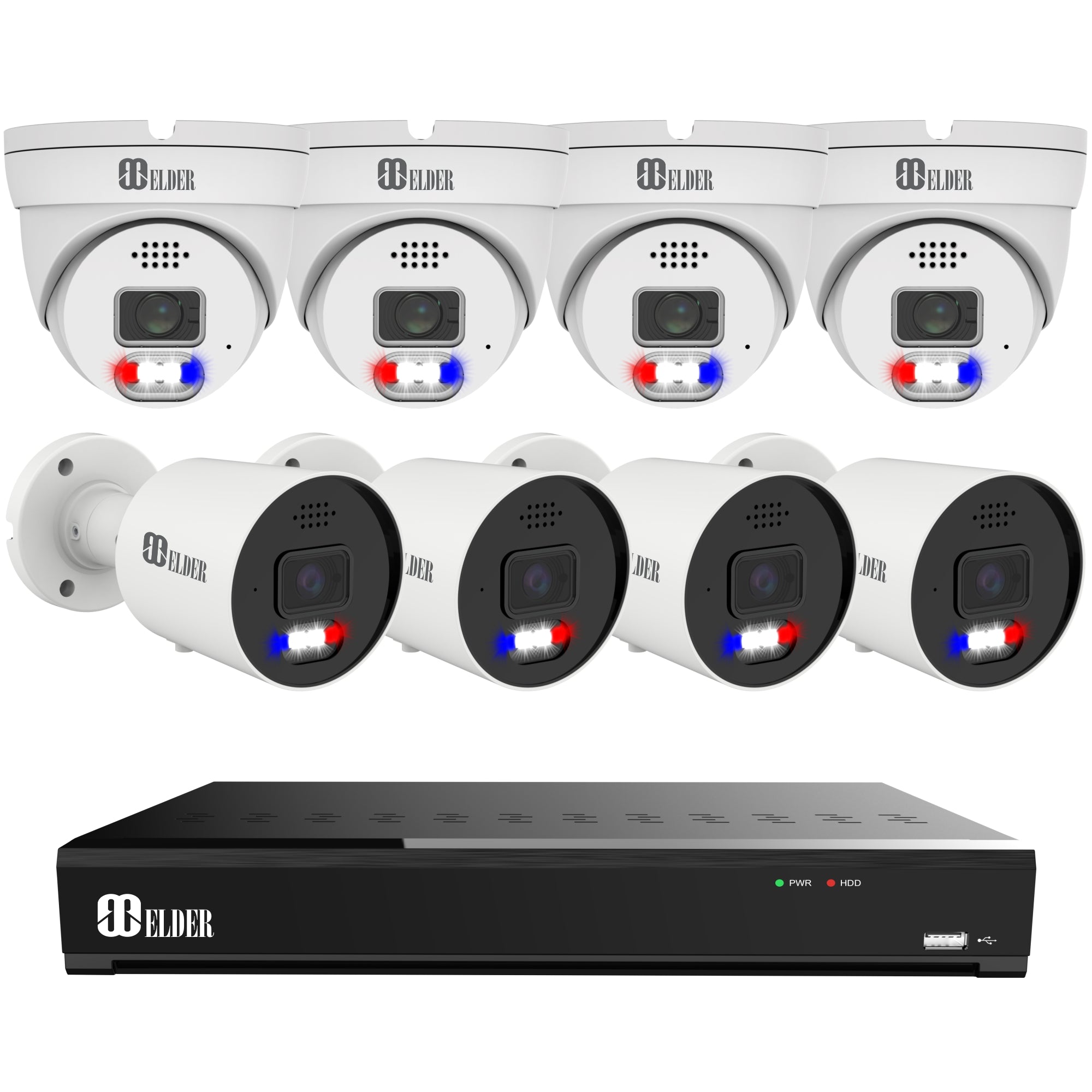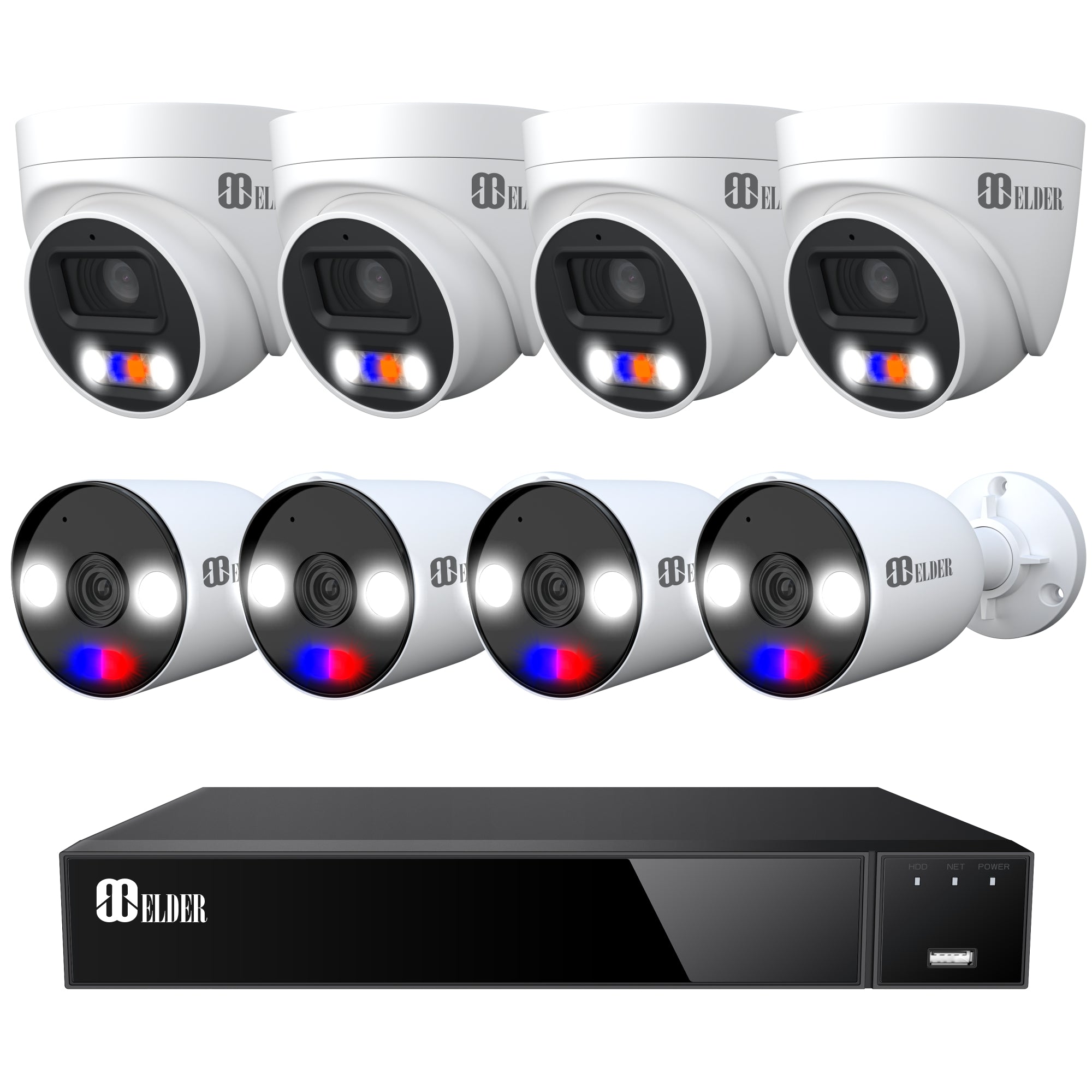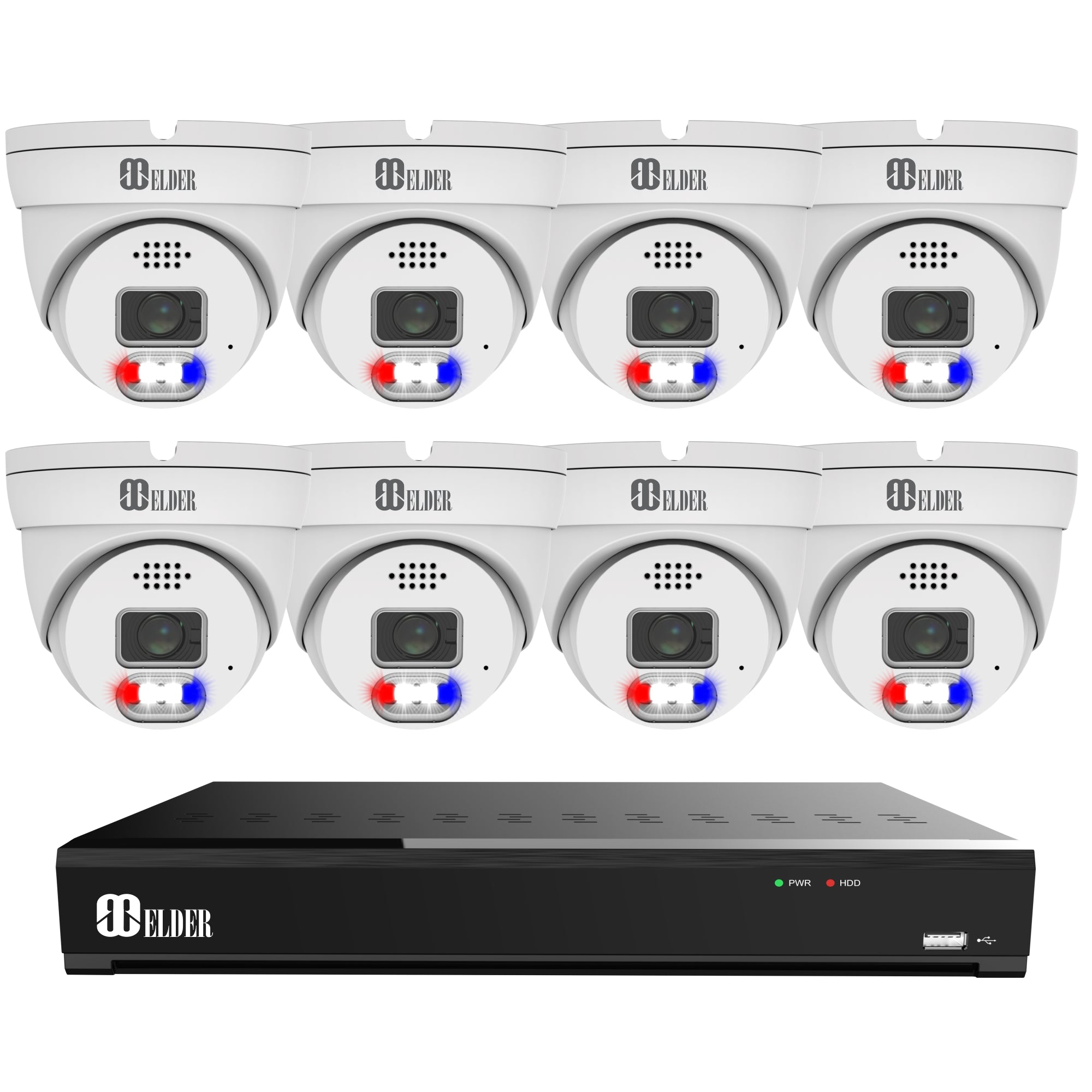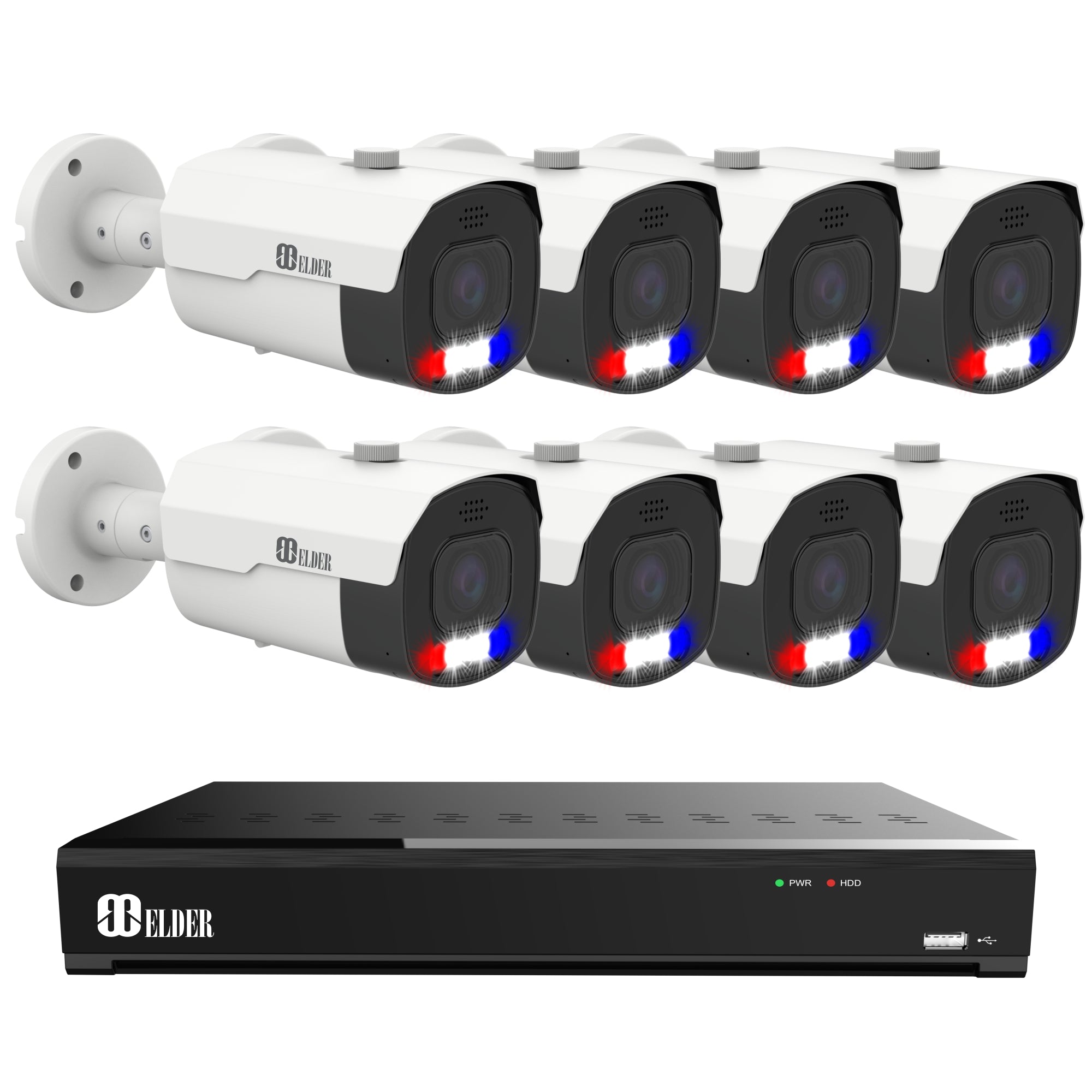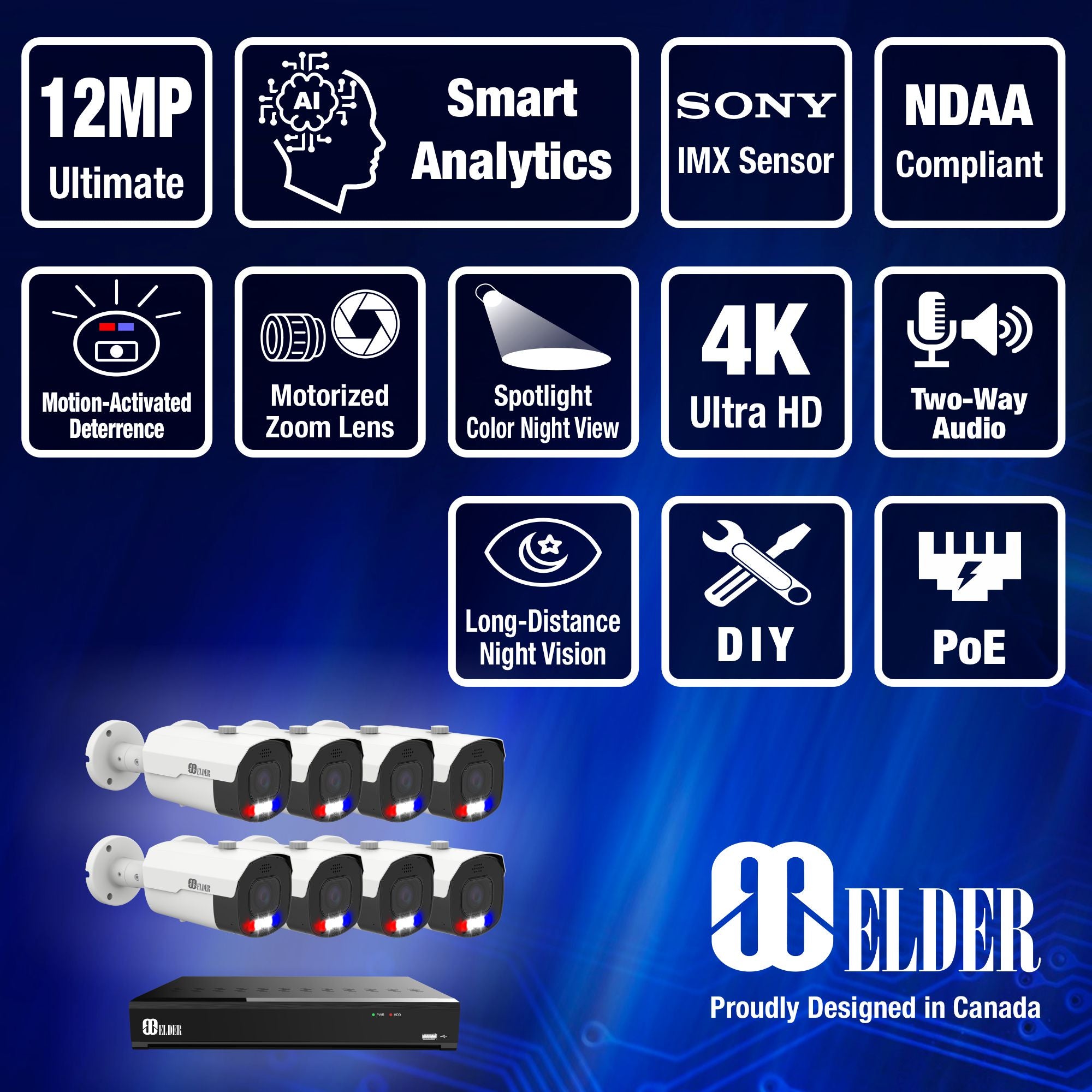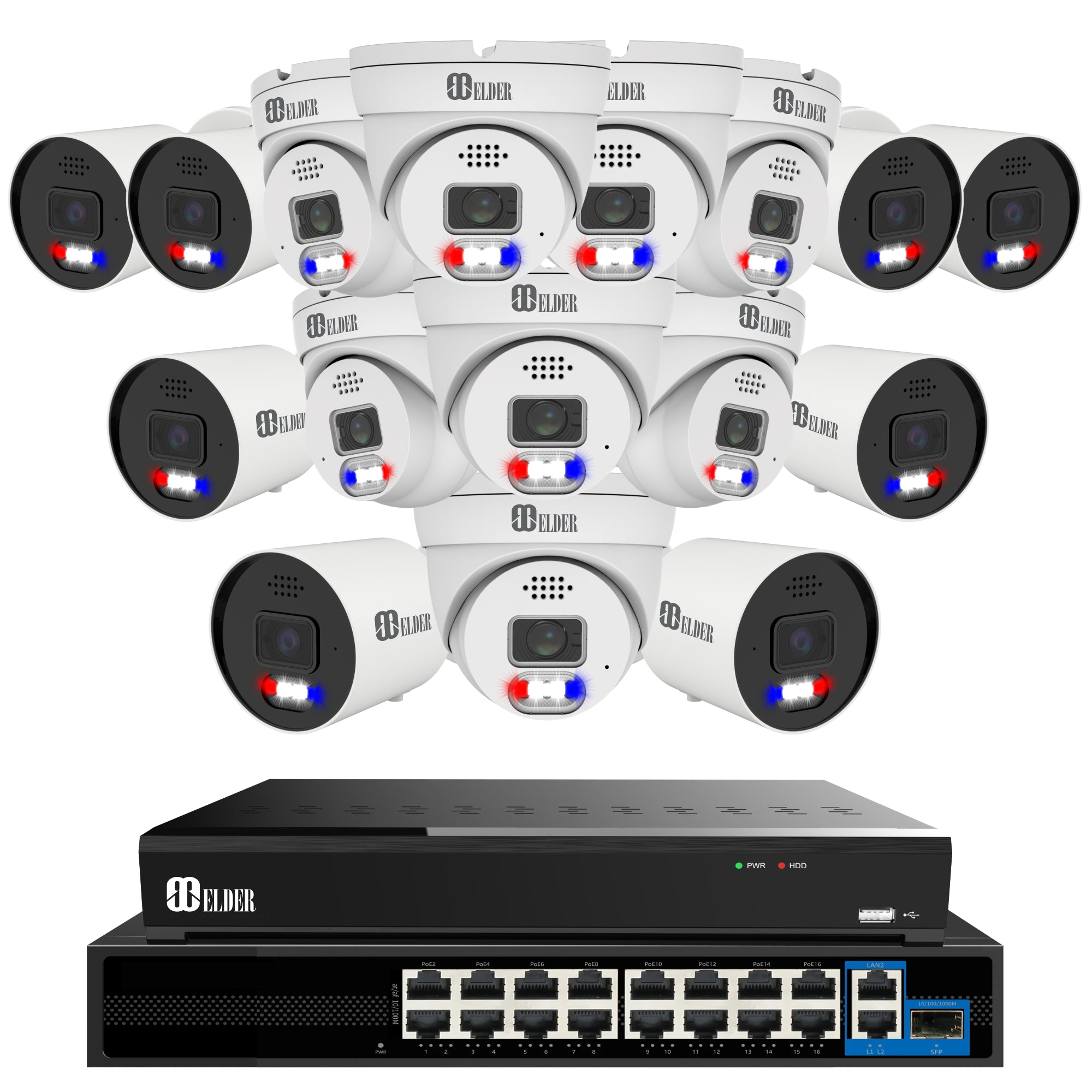Bullet cameras and dome cameras (or turret cameras) are two common styles of surveillance security cameras, and the primary difference between bullet cameras and dome cameras (turret cameras) is in their physical design and shaping. Both of them can be installed on the wall and ceiling and both can be installed in outdoor and indoor areas.

Bullet Cameras
Bullet Cameras are often cylindrical and have a long, narrow, cylindrical shape, resembling a bullet. They are often noticeable and can act as a deterrent because of their visible presence. Bullet cameras are typically mounted on walls or ceilings and have an adjustable bracket to allow flexibility in positioning. Bullet cameras are recommended for outdoor areas although they can be installed outdoor or indoor. It’s important to check if they are designed for outdoor environments.
Bullet Camera Style Highlights:
- Mount on wall and ceiling
- Easier to mount
- Outdoor and indoor
- Easier to adjust
- Popular for outdoor areas

Dome Cameras (Turret Cameras)
Dome Cameras or Turret Cameras are named for their dome-shaped housing. Dome cameras are more discreet and may be less noticeable, making them suitable for environments where aesthetics is a concern. They can be mounted on walls or ceilings. Many dome cameras are suitable for outdoor use and come with weatherproof housing. Since the dome and turret cameras are more elegant and nice-looking, they are recommended for indoor areas. They can be installed outdoor or indoor, but it’s important to check if they are designed for outdoor environments.
Dome Camera (Turret Camera) Style Highlights:
- Elegant and nice-looking
- Mount on wall and ceiling
- less noticeable
- Outdoor and indoor
- Popular for indoor areas
In summary, the choice between bullet and dome cameras depends on factors such as the desired visibility, aesthetic preferences, mounting options, and the specific surveillance needs of the environment. Both camera types have their advantages, and the selection is often based on the unique requirements of the surveillance scenario.

